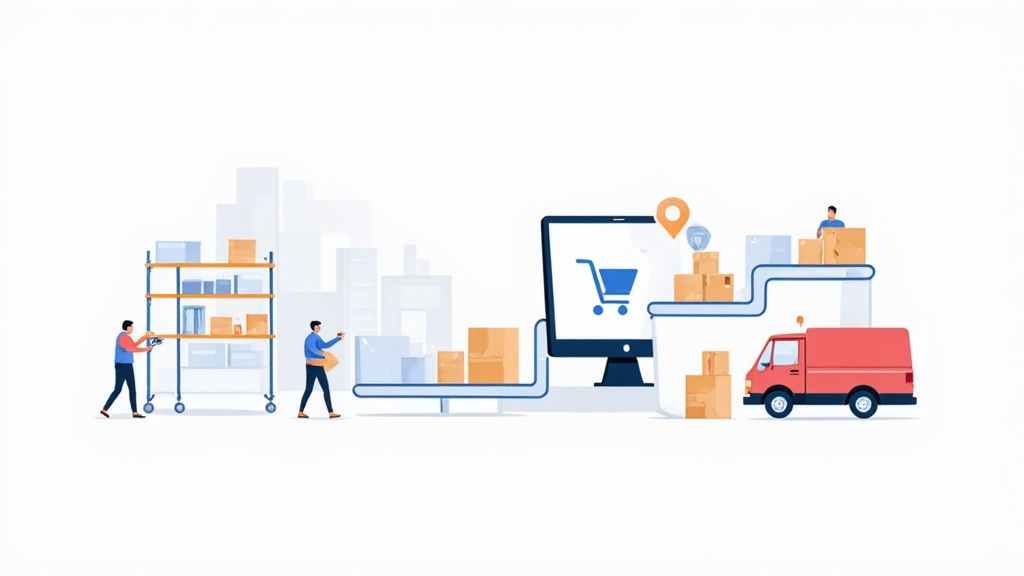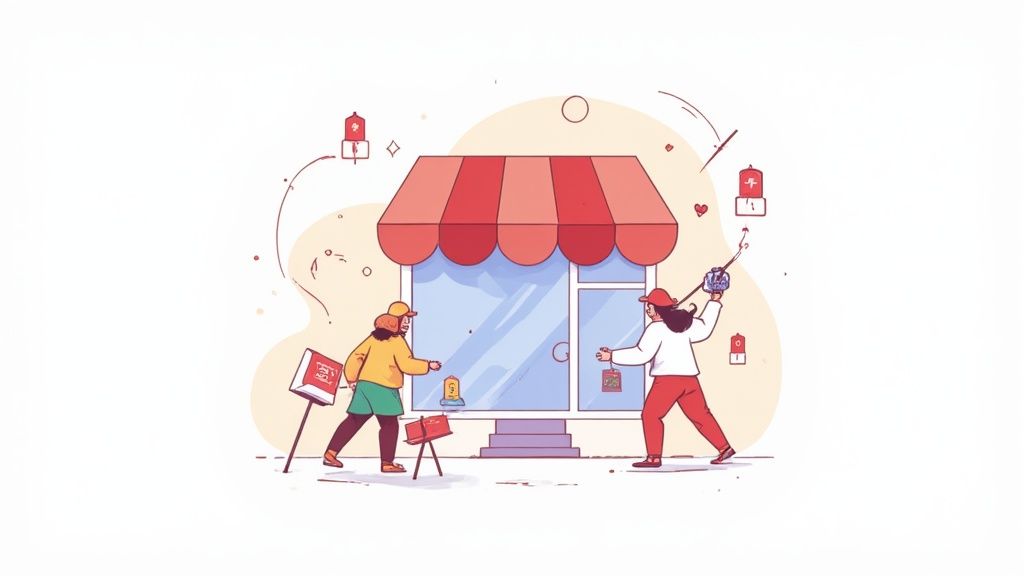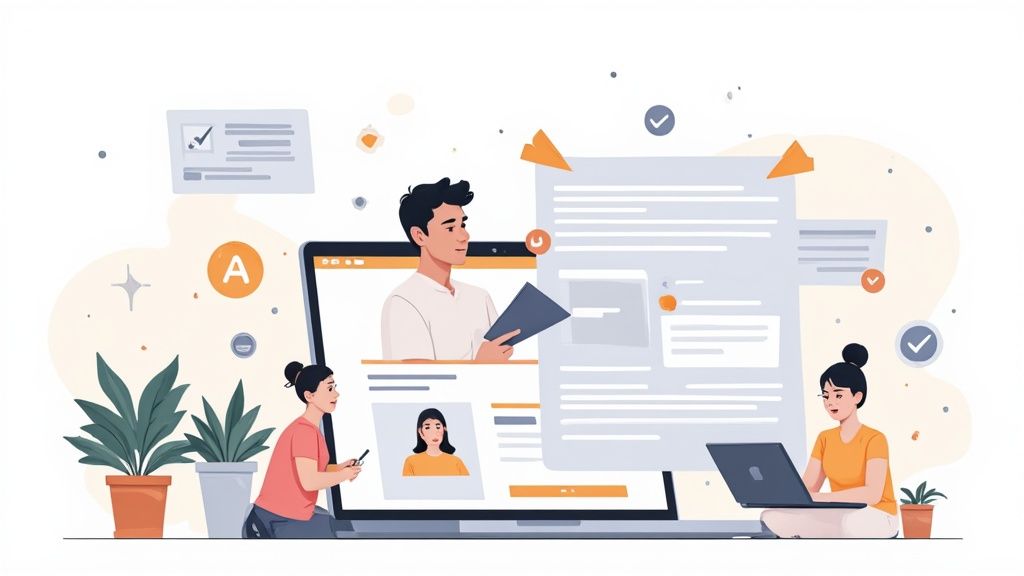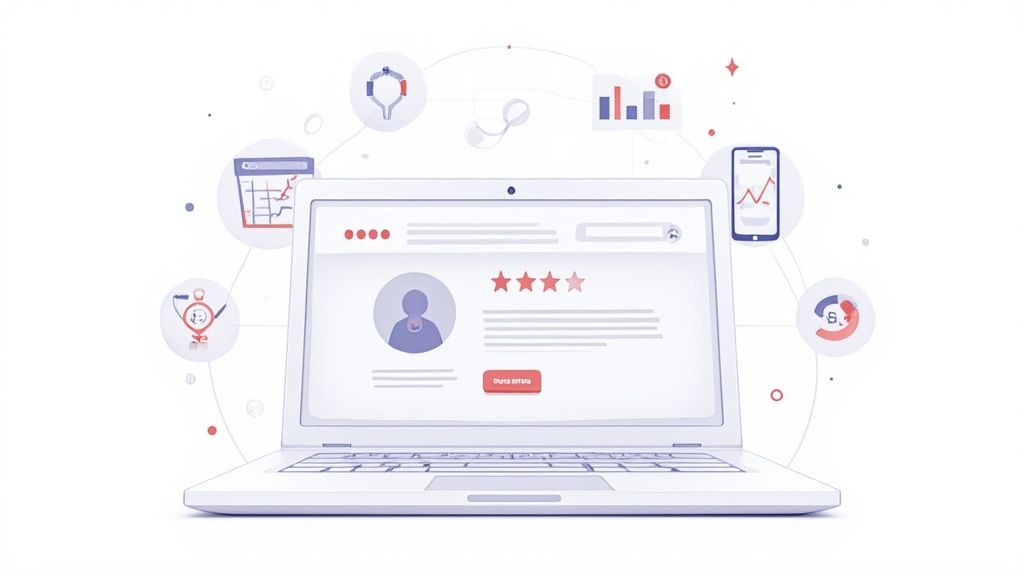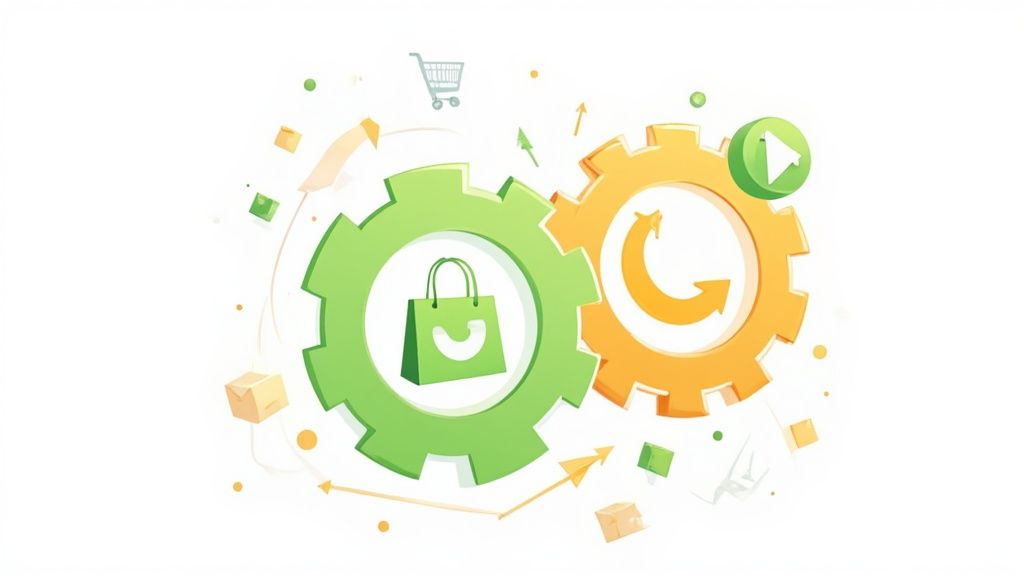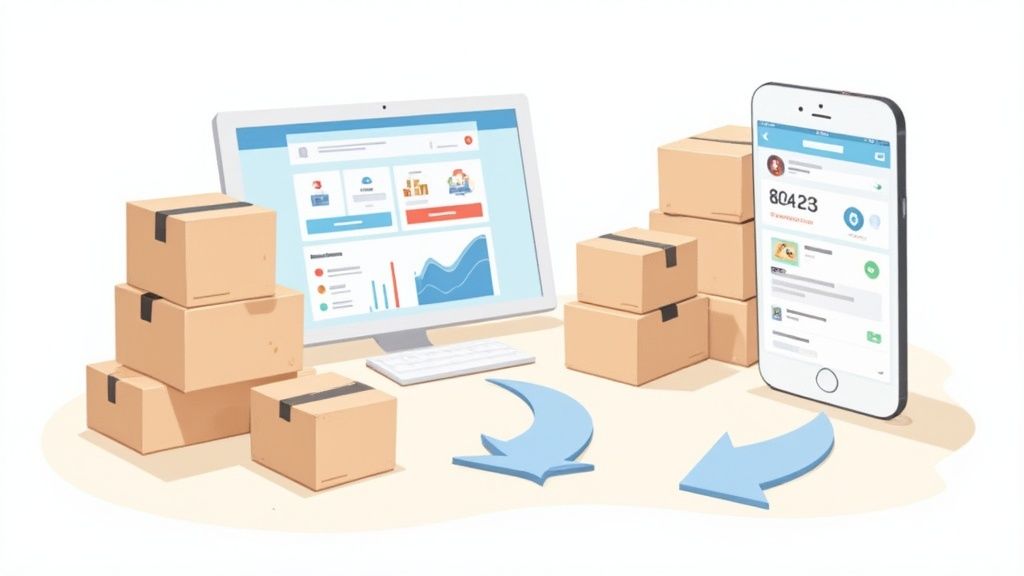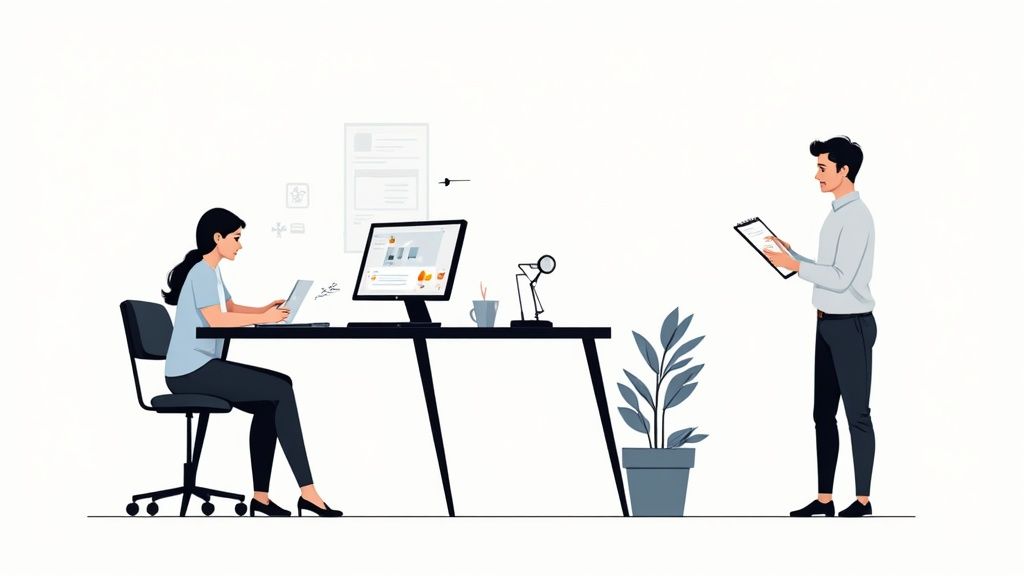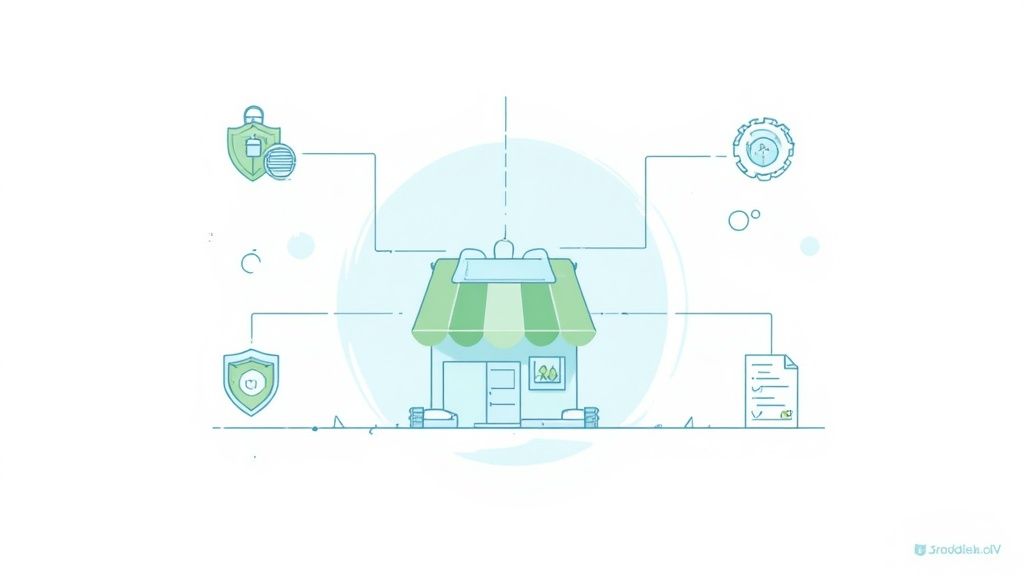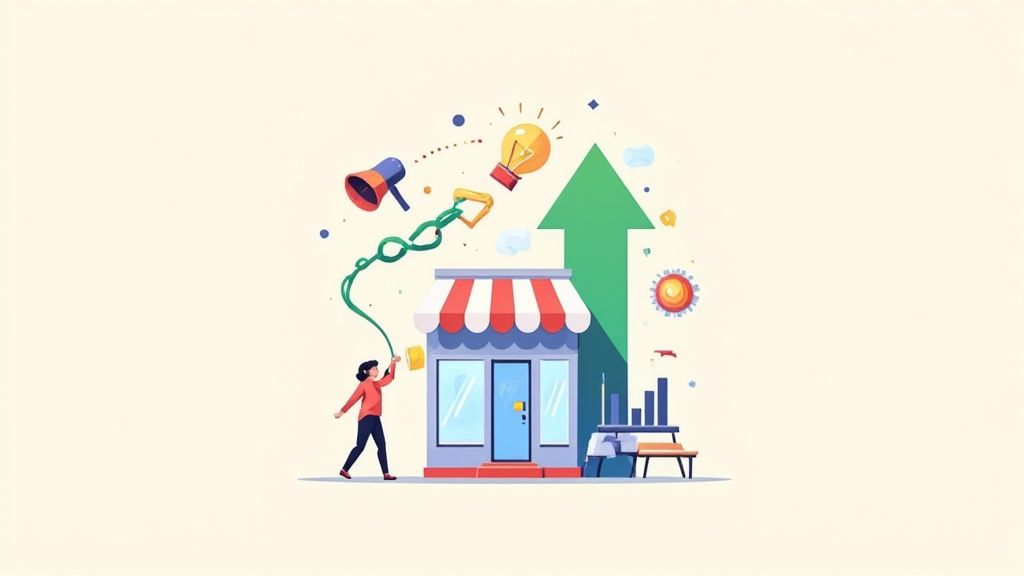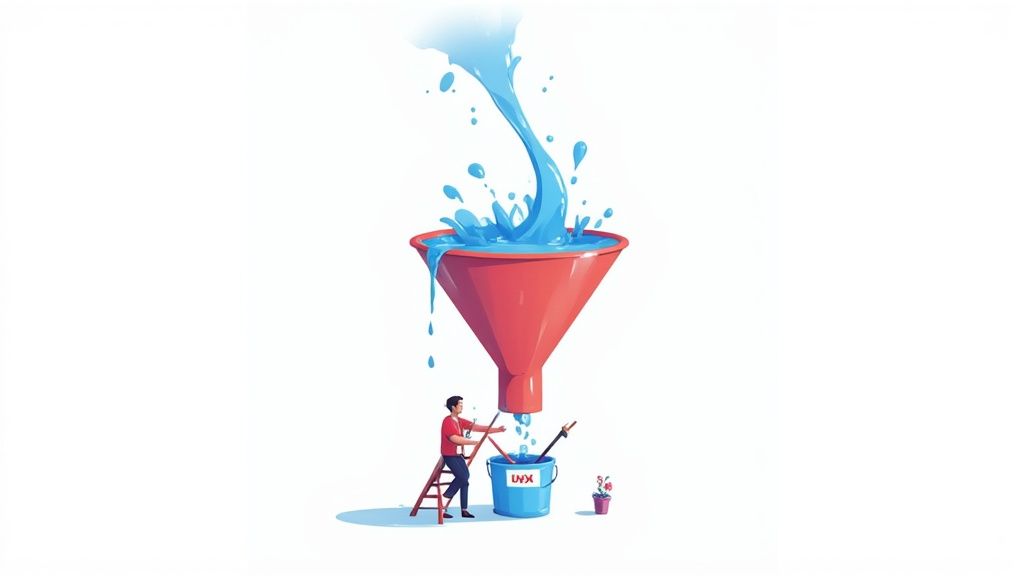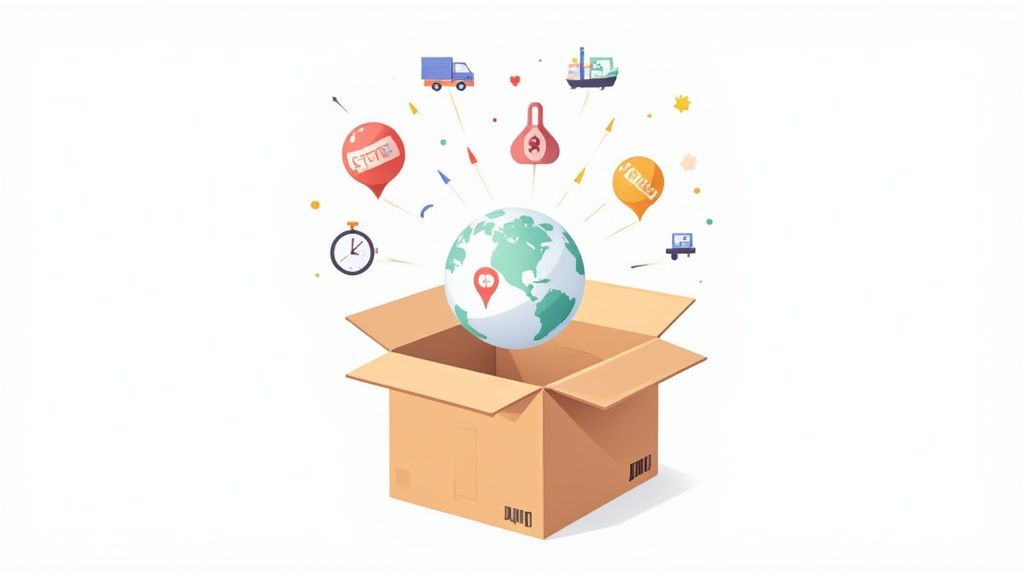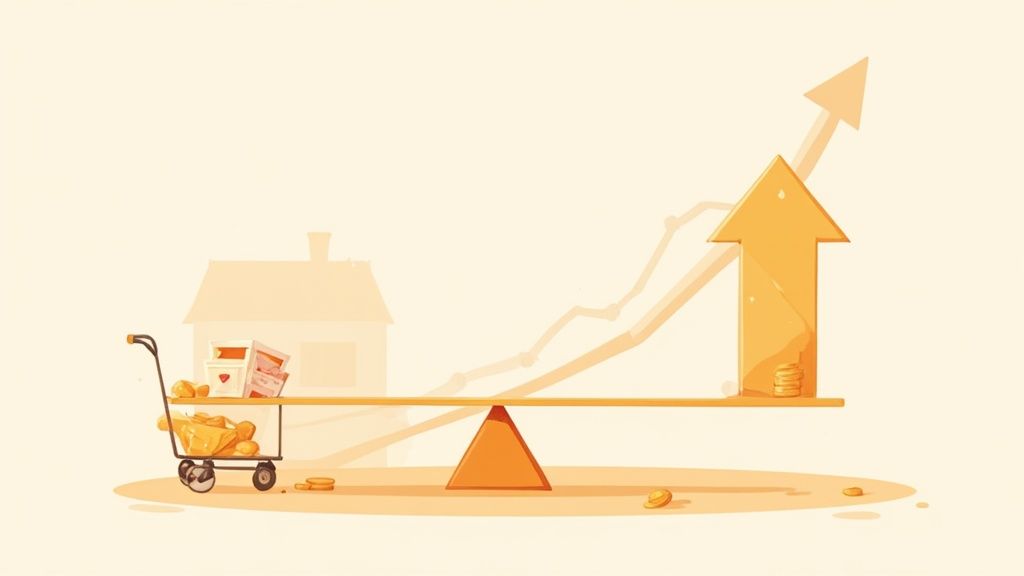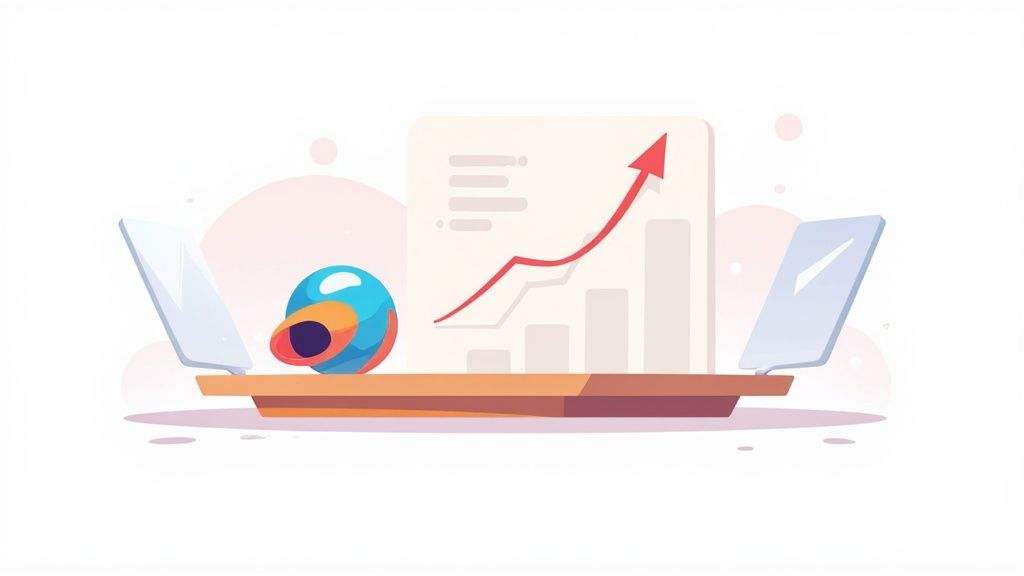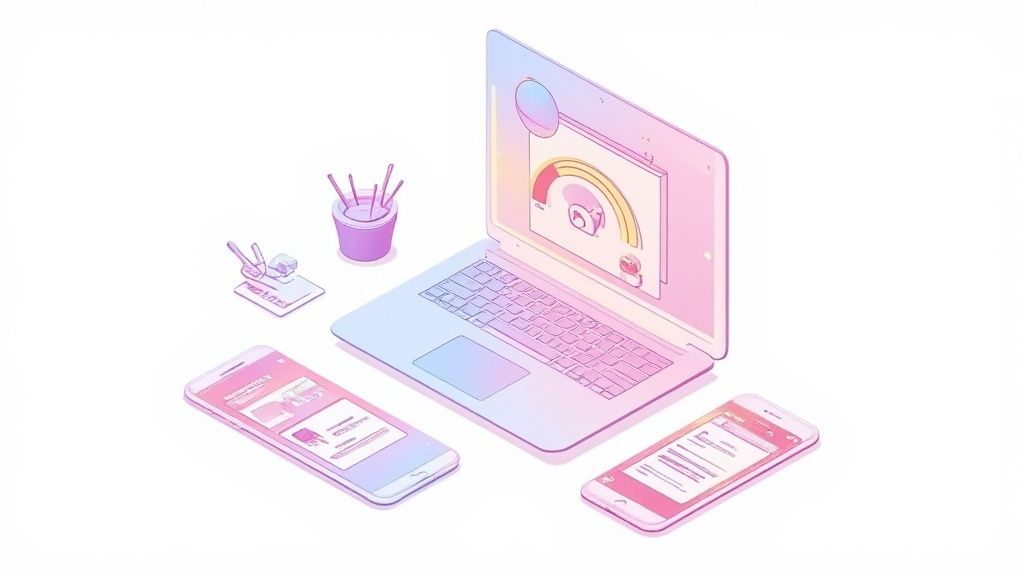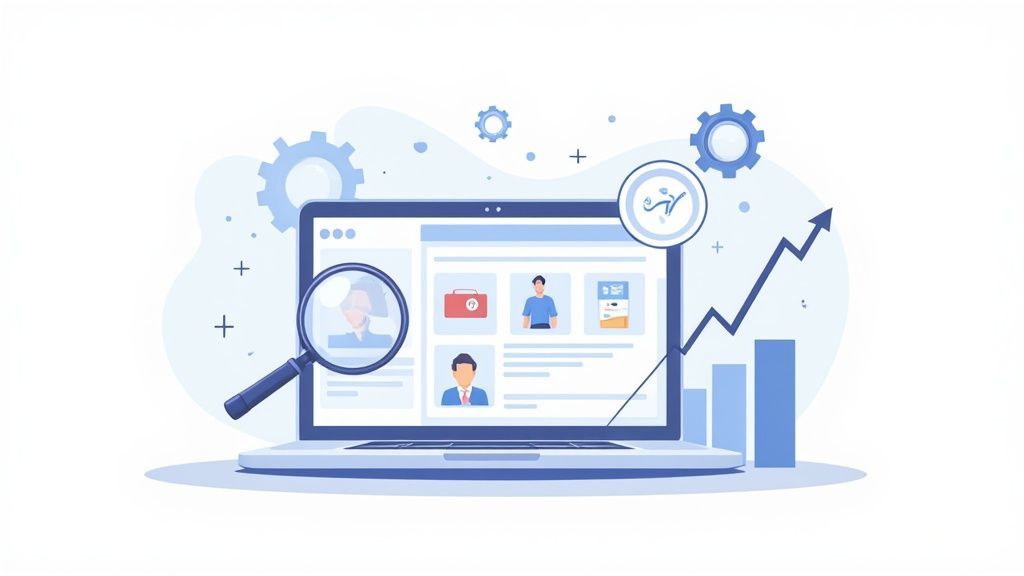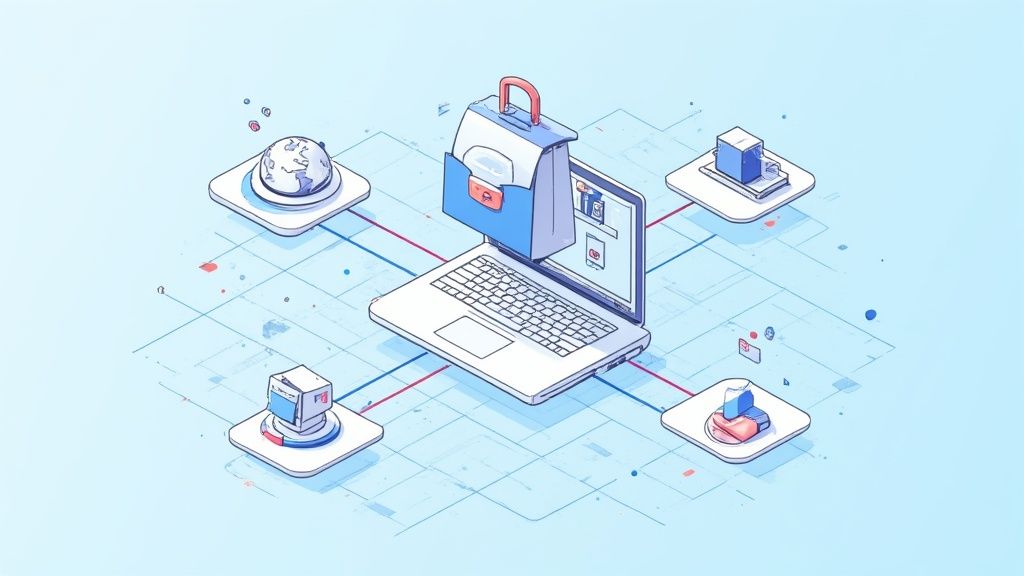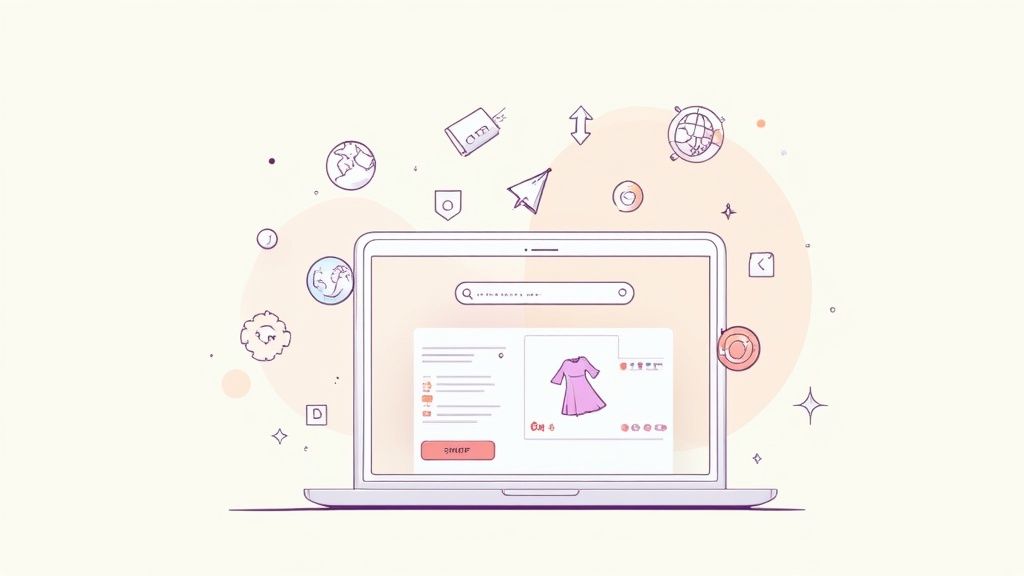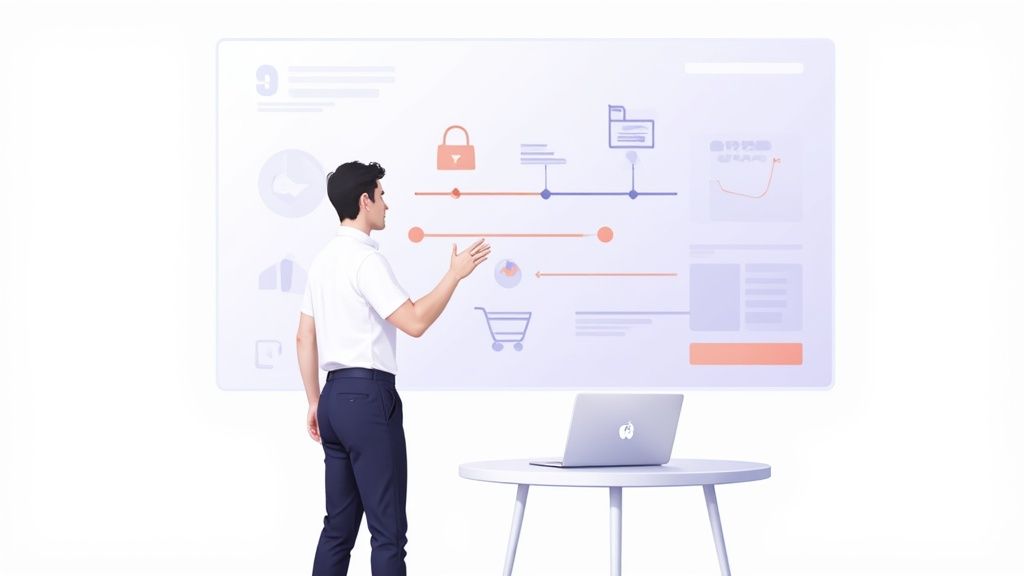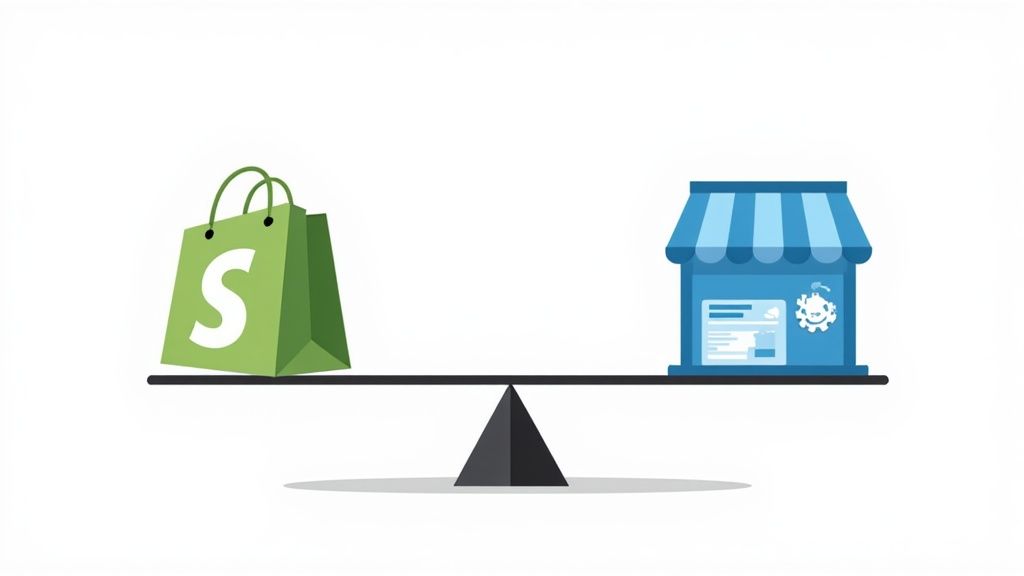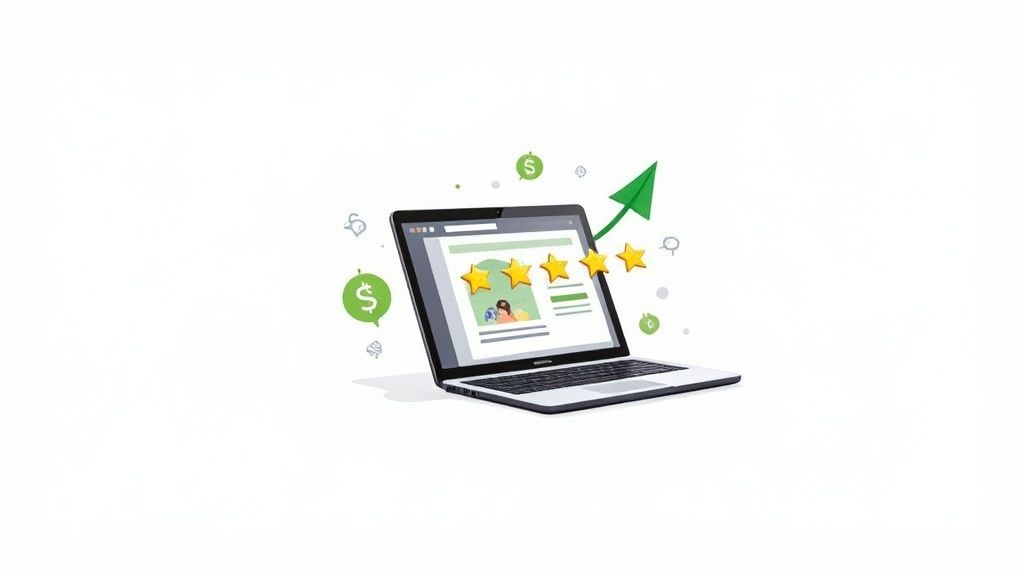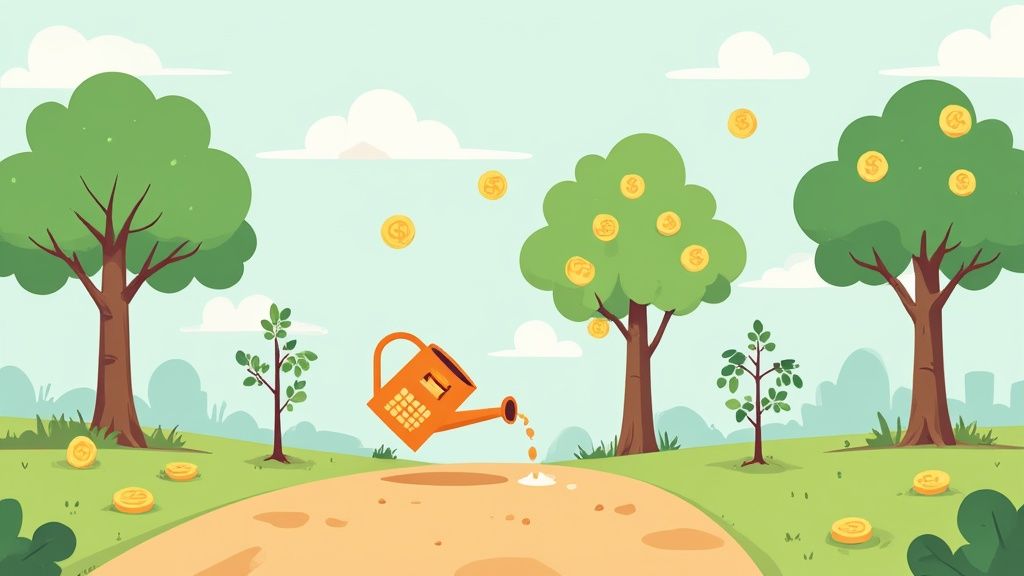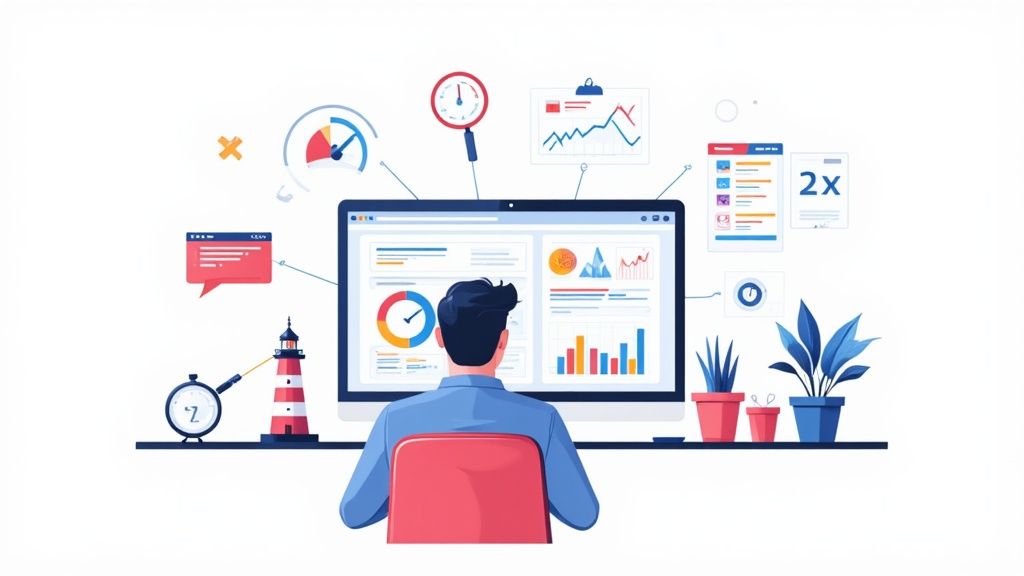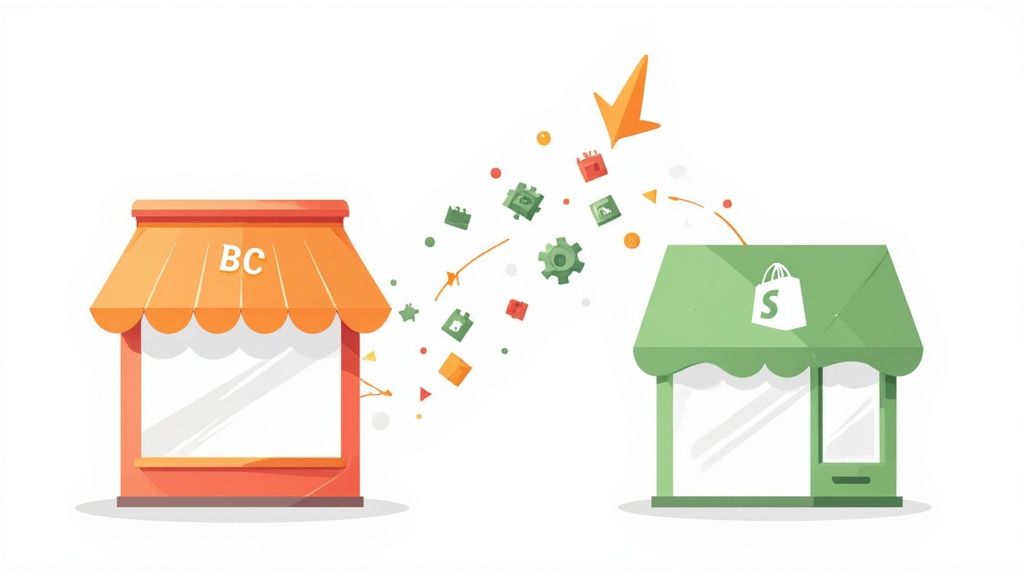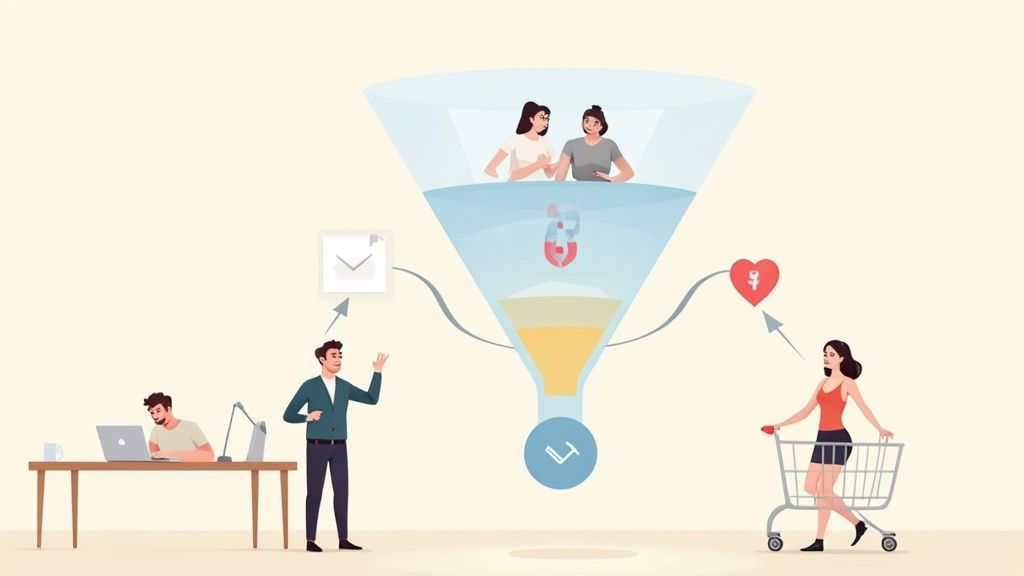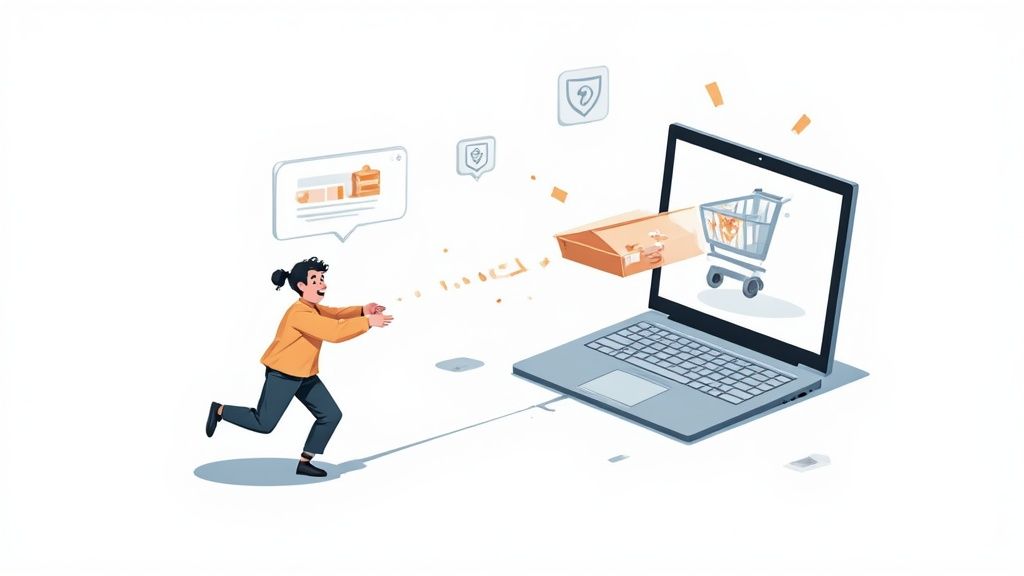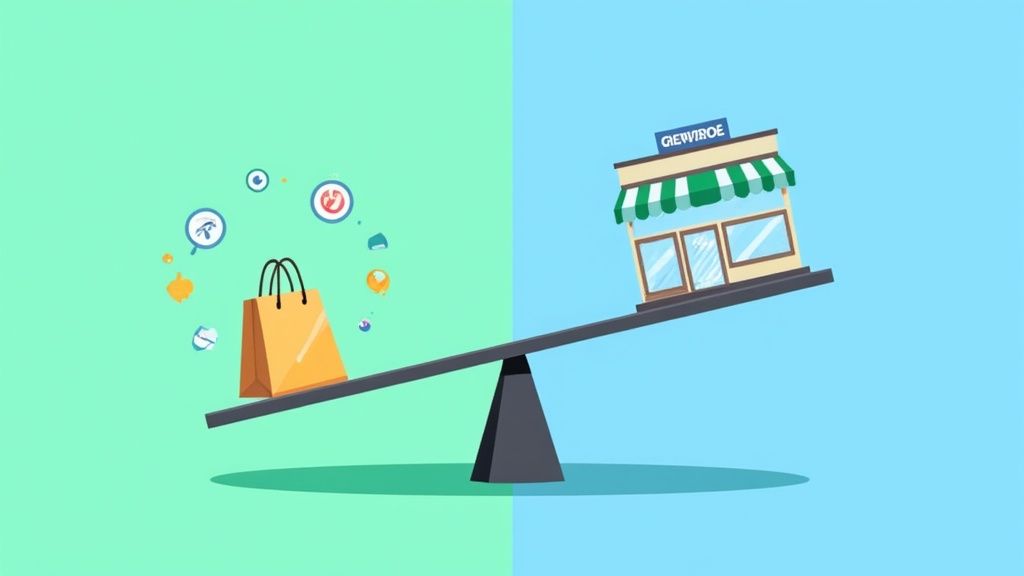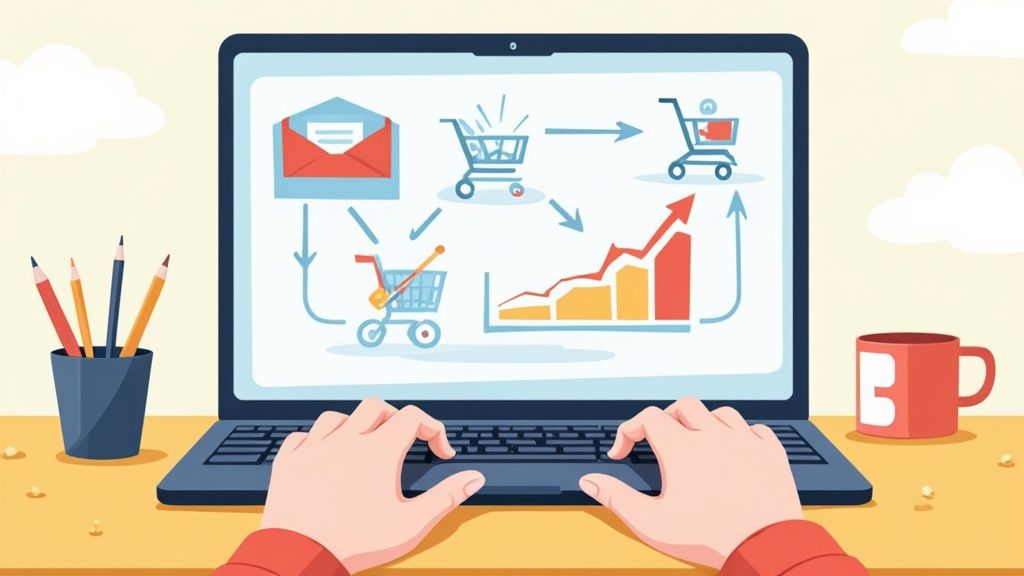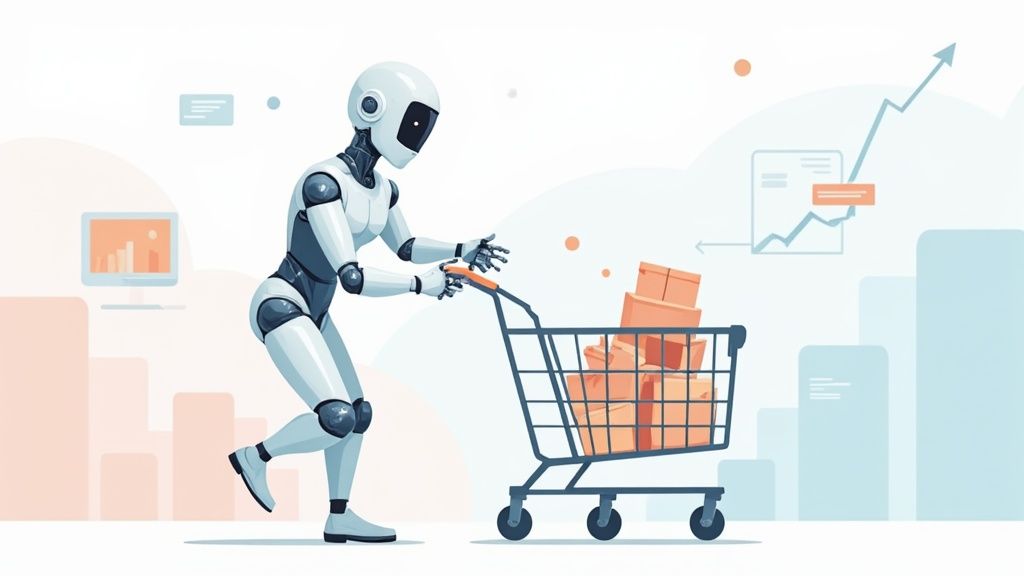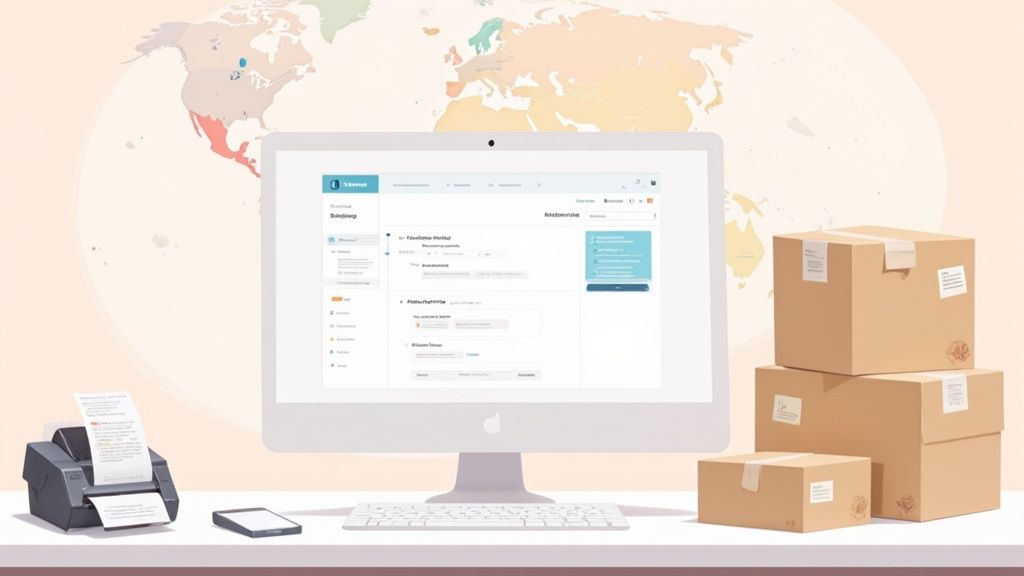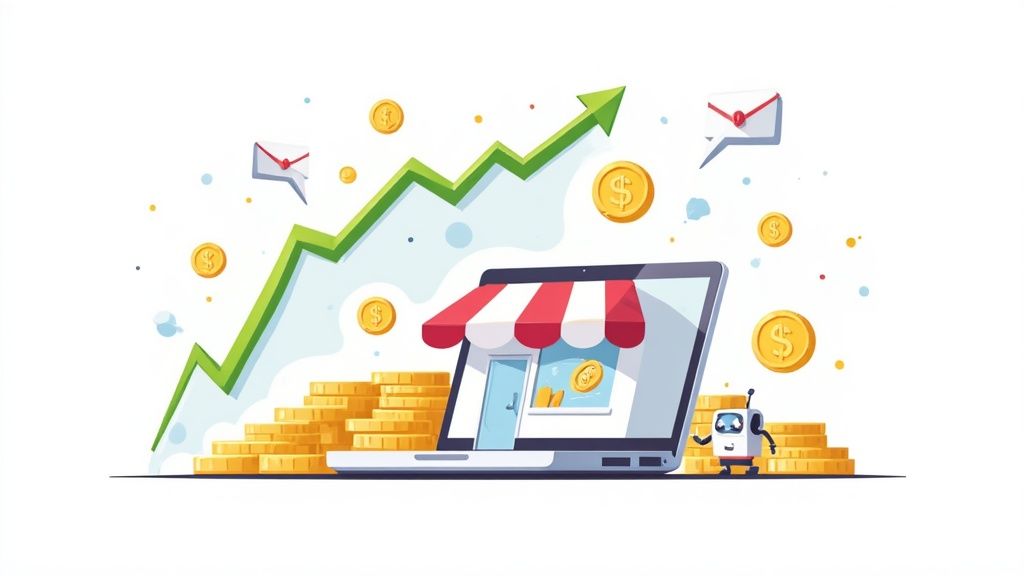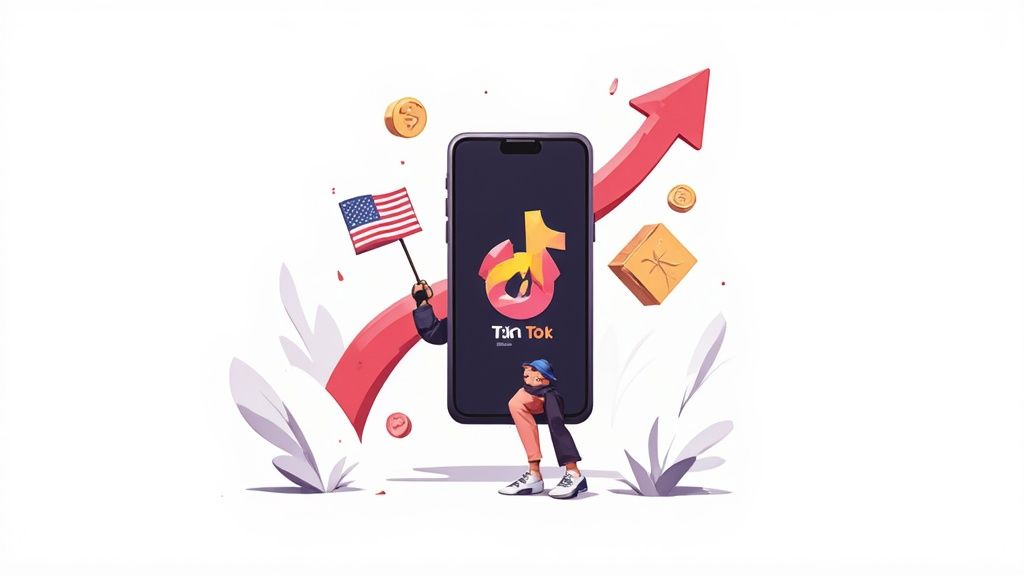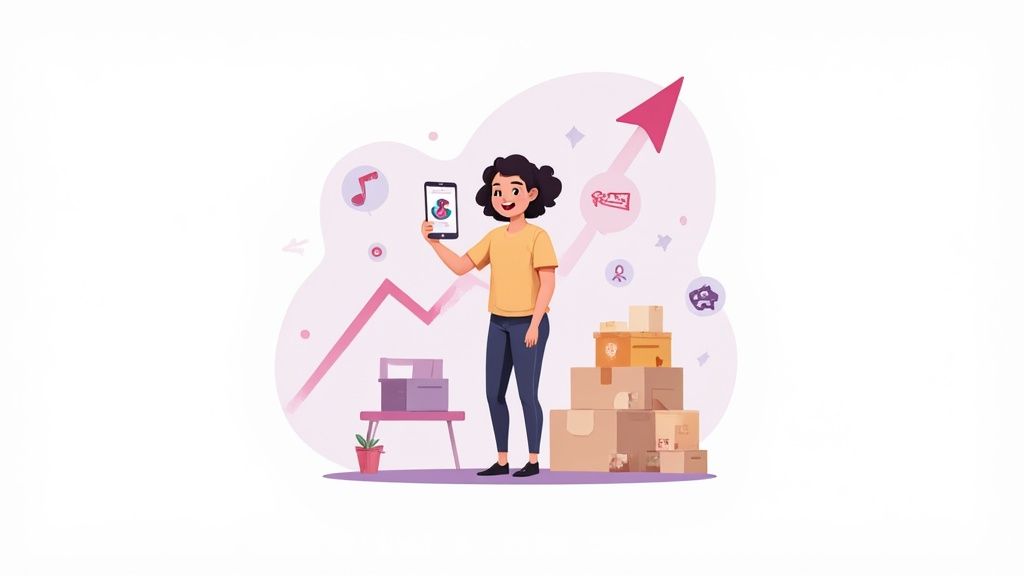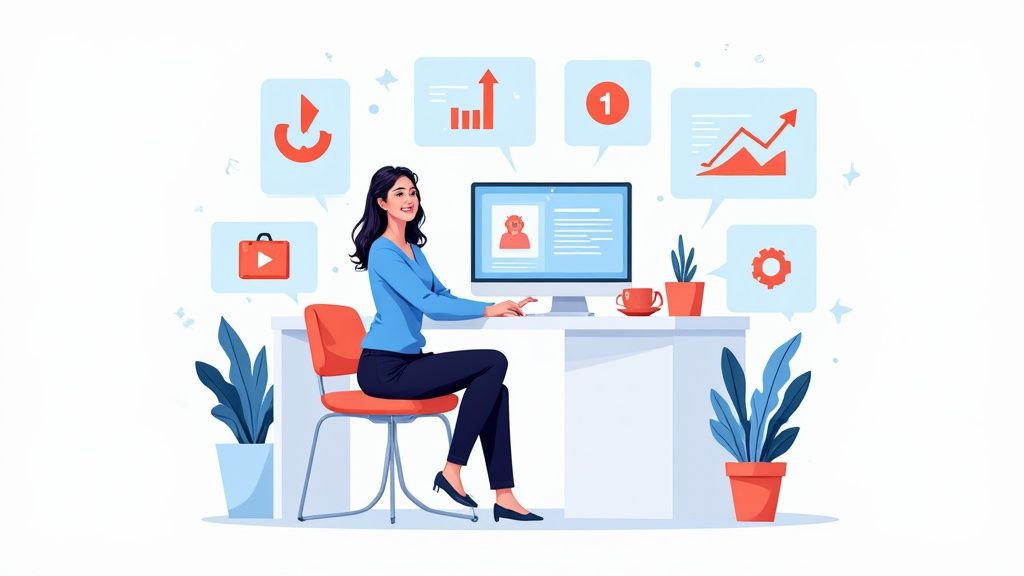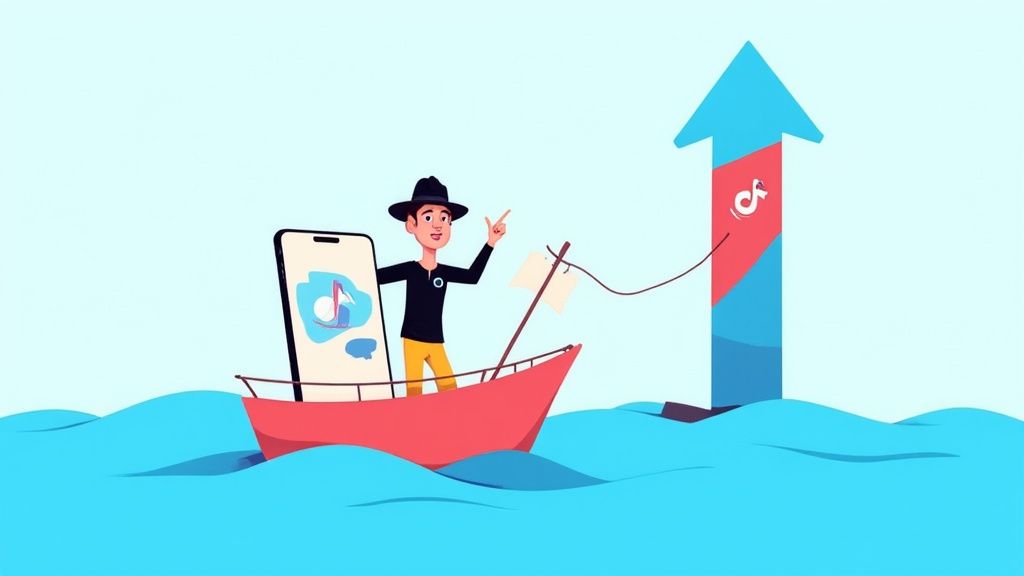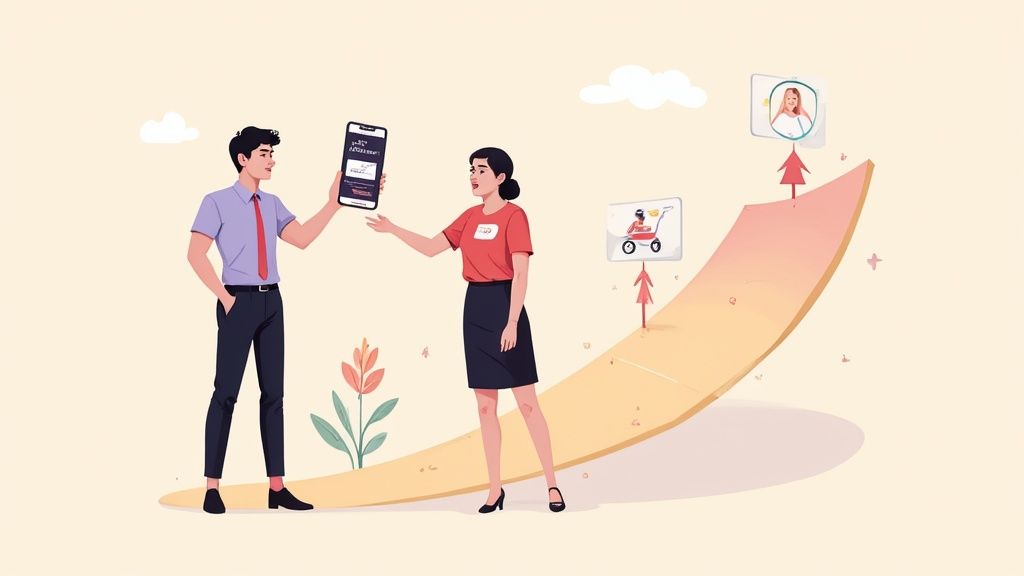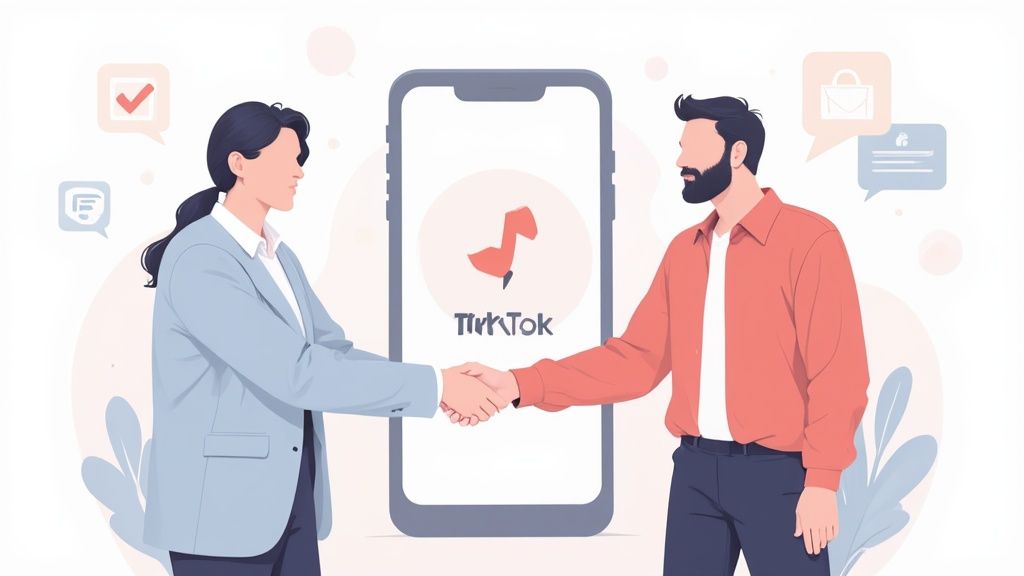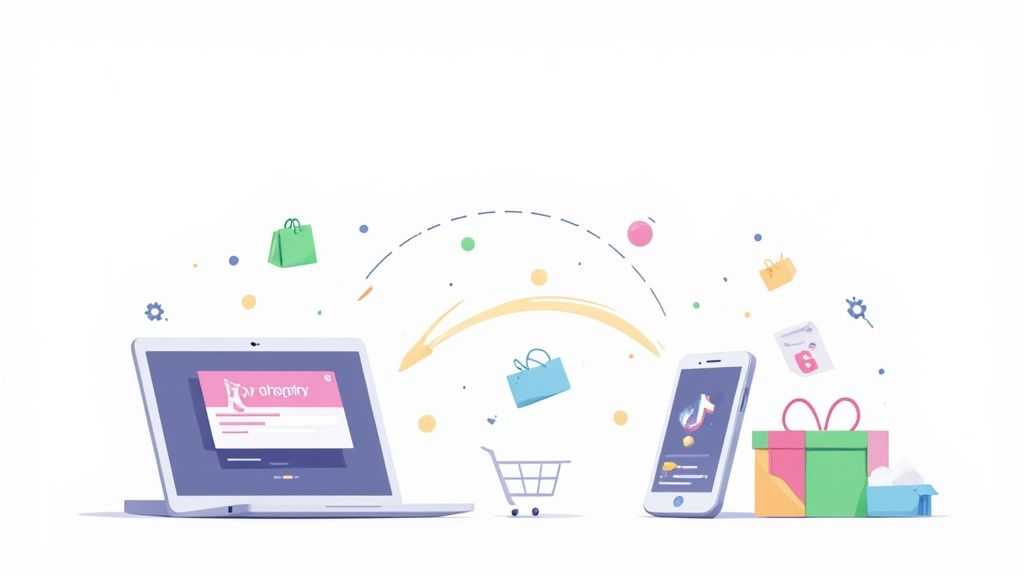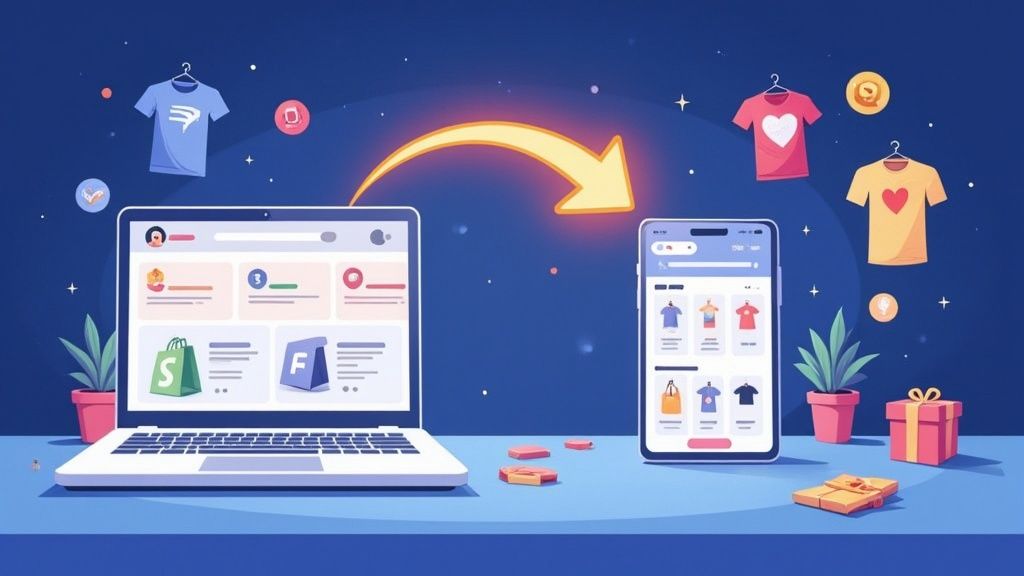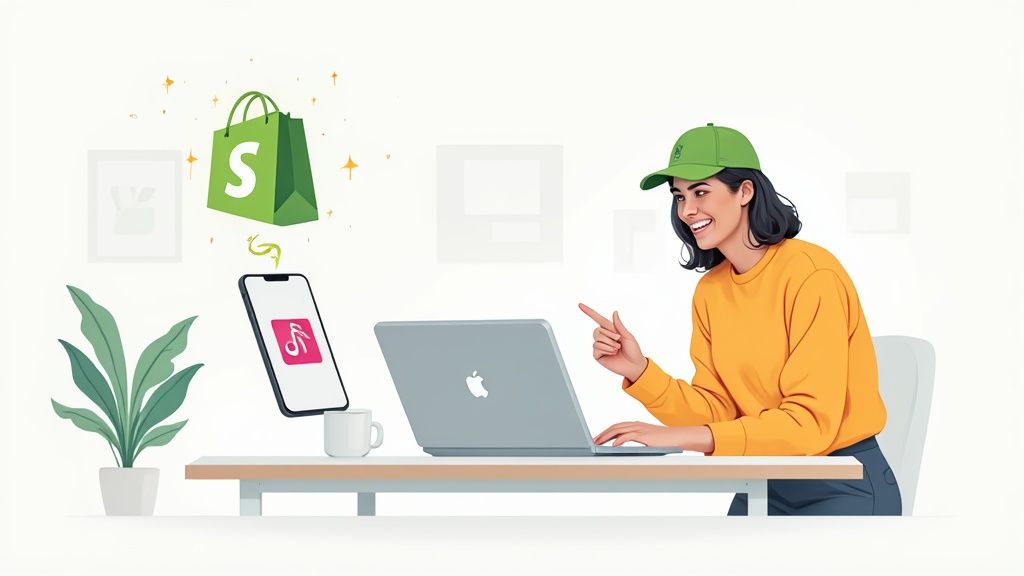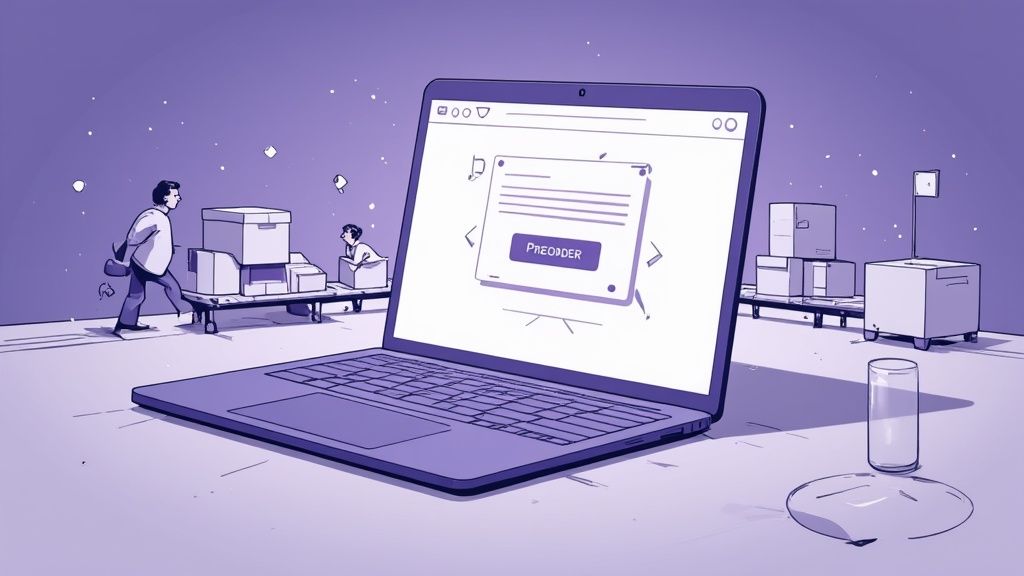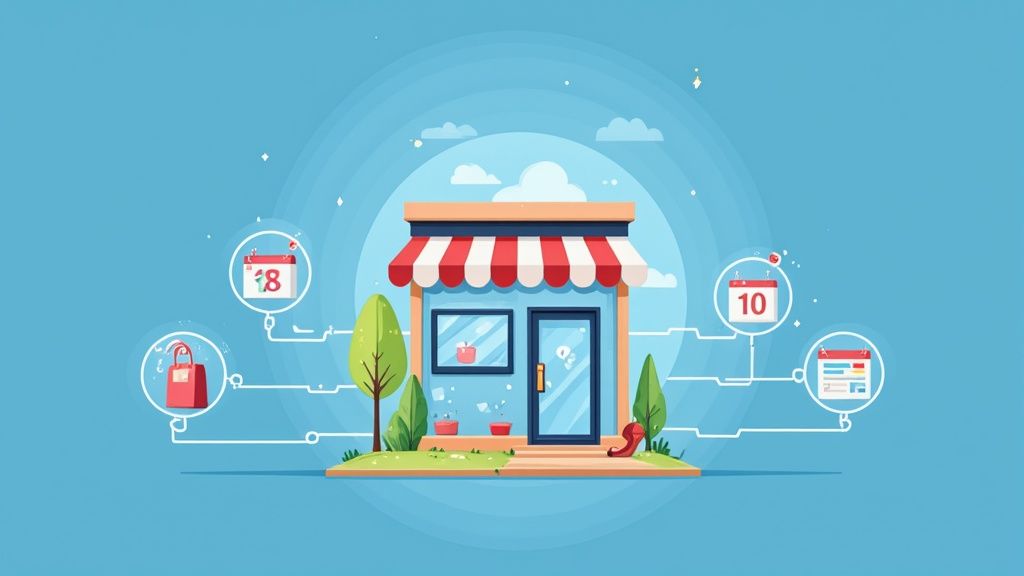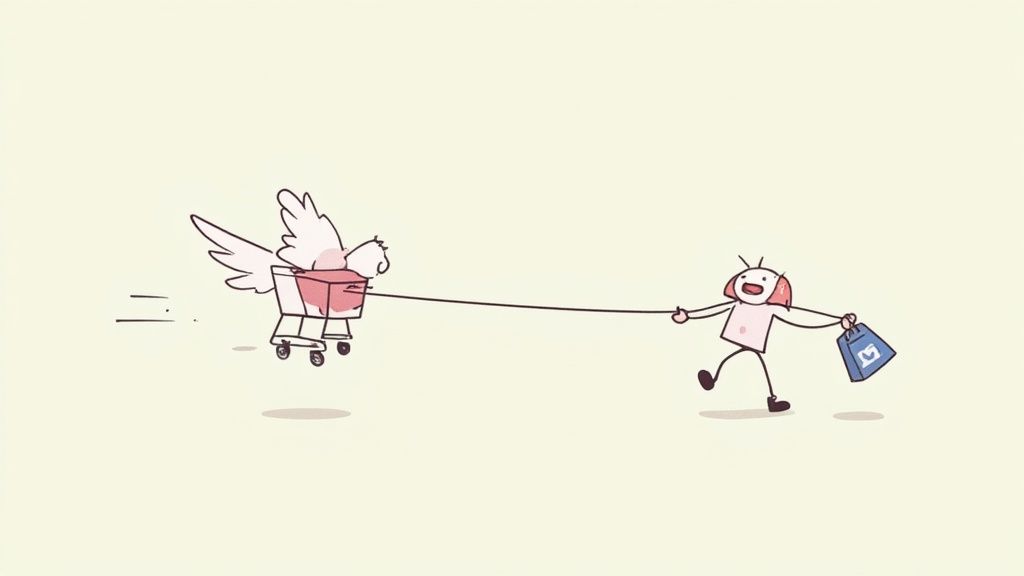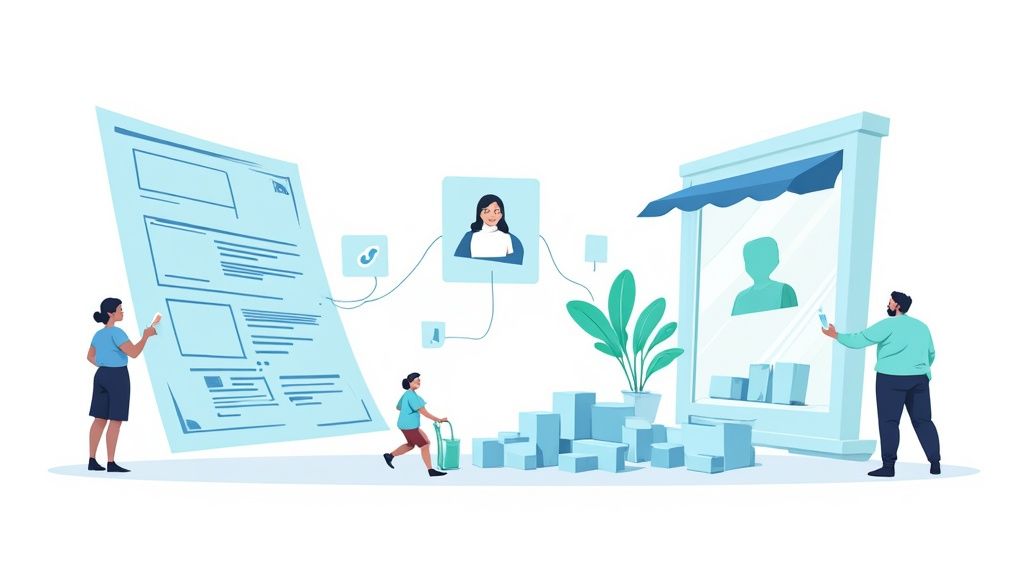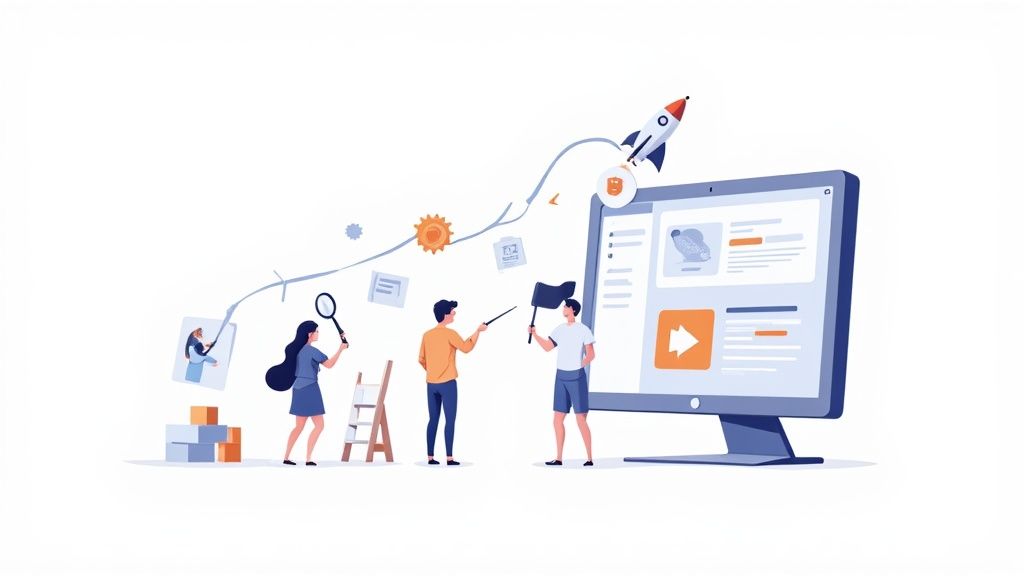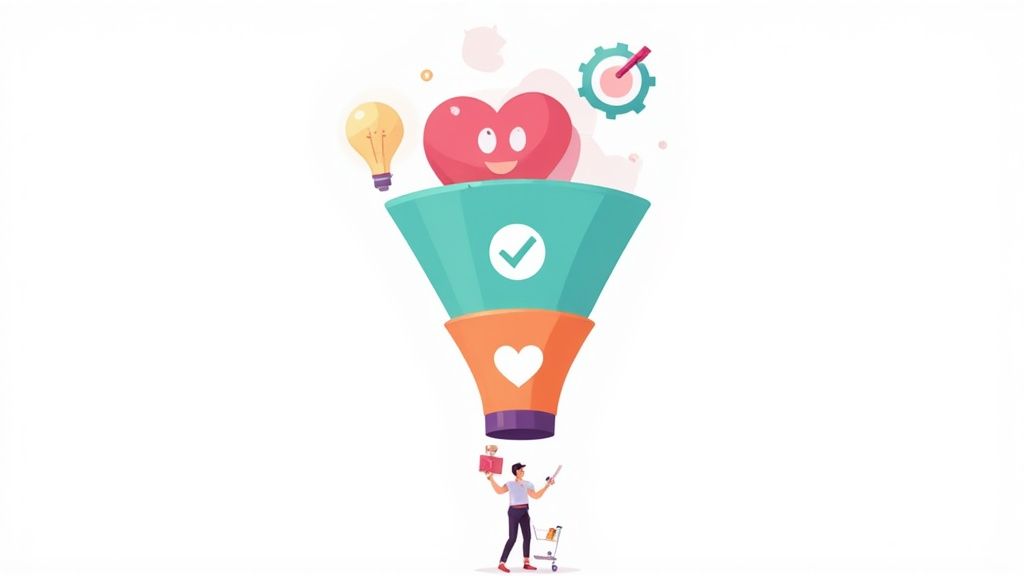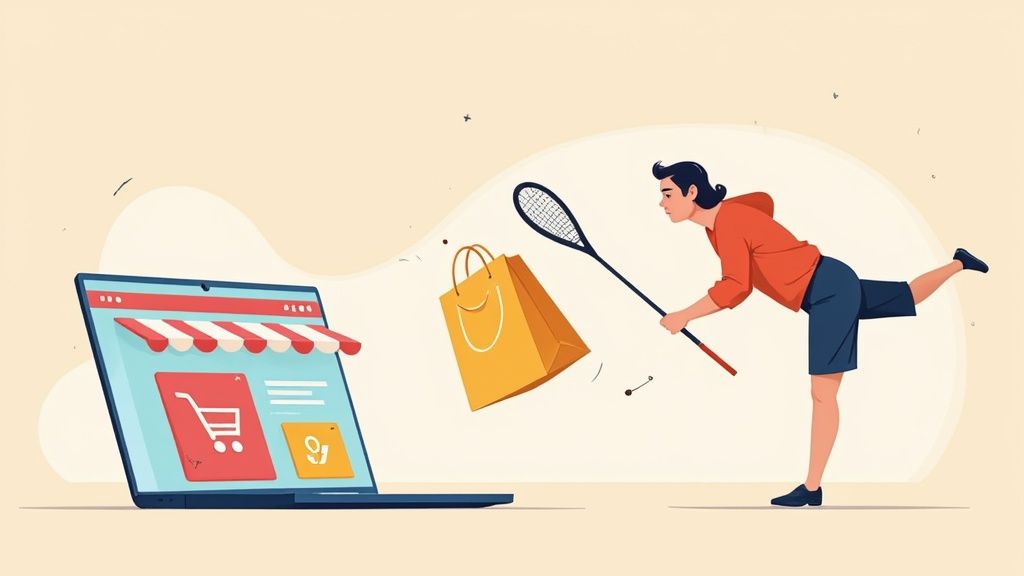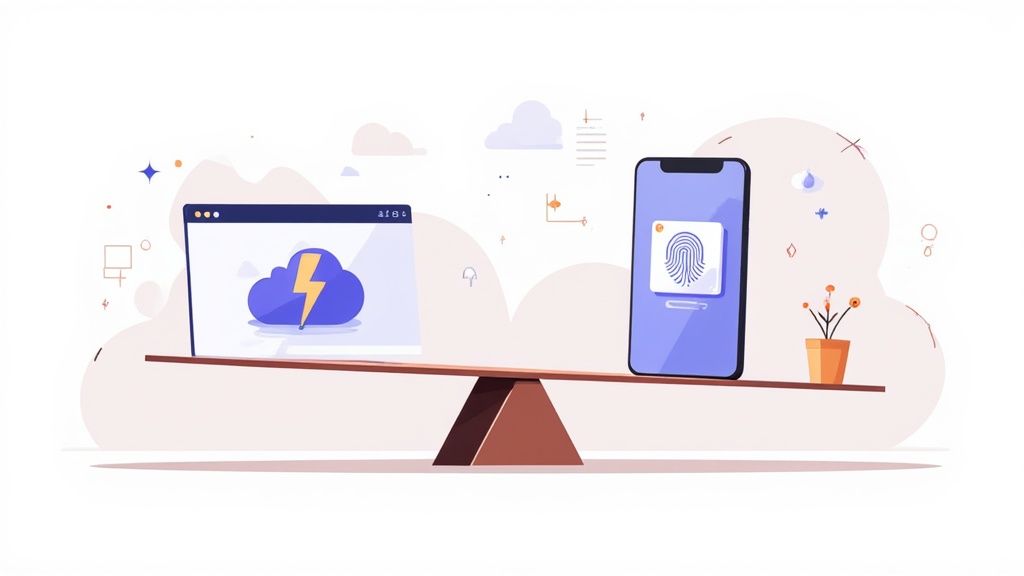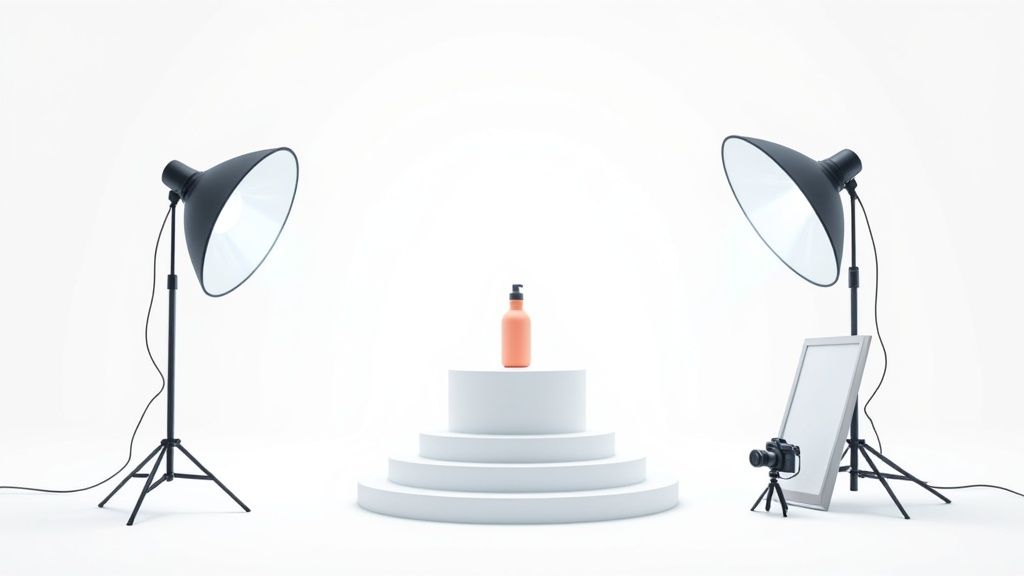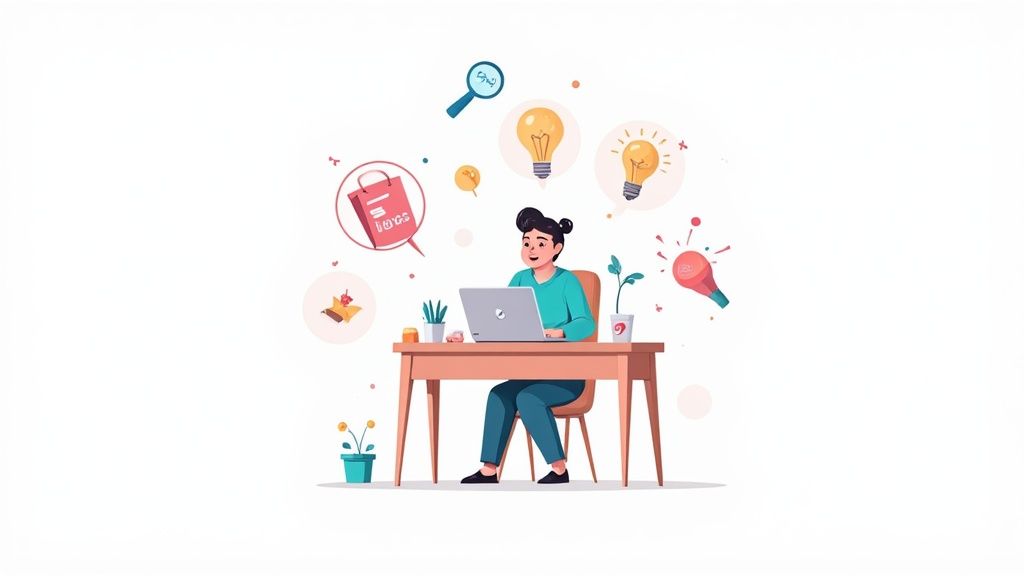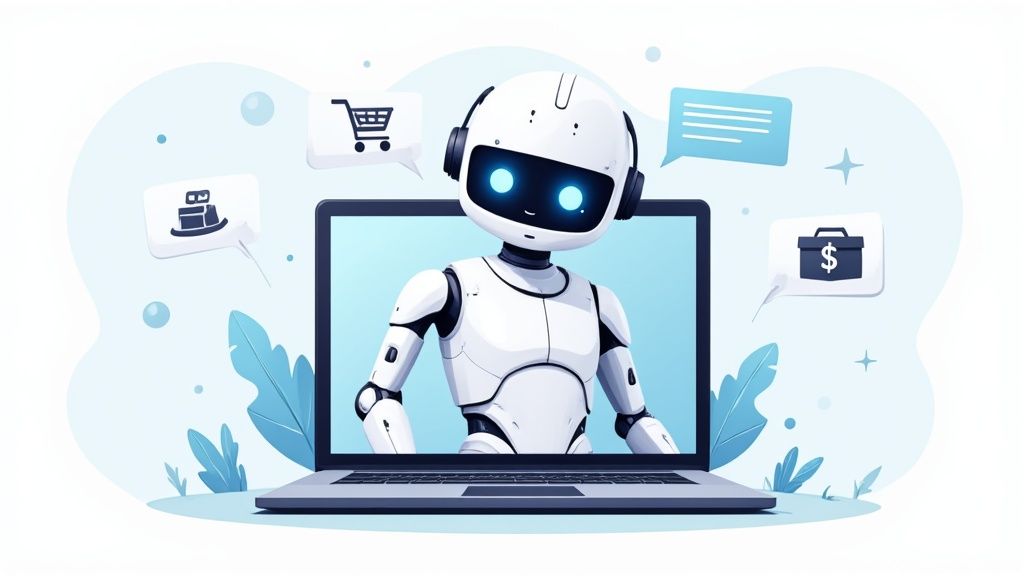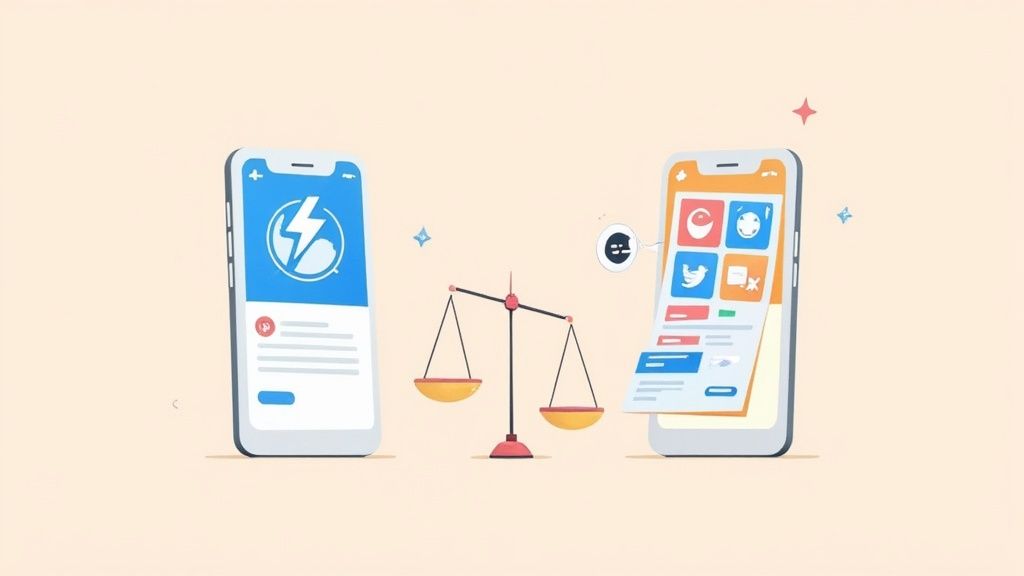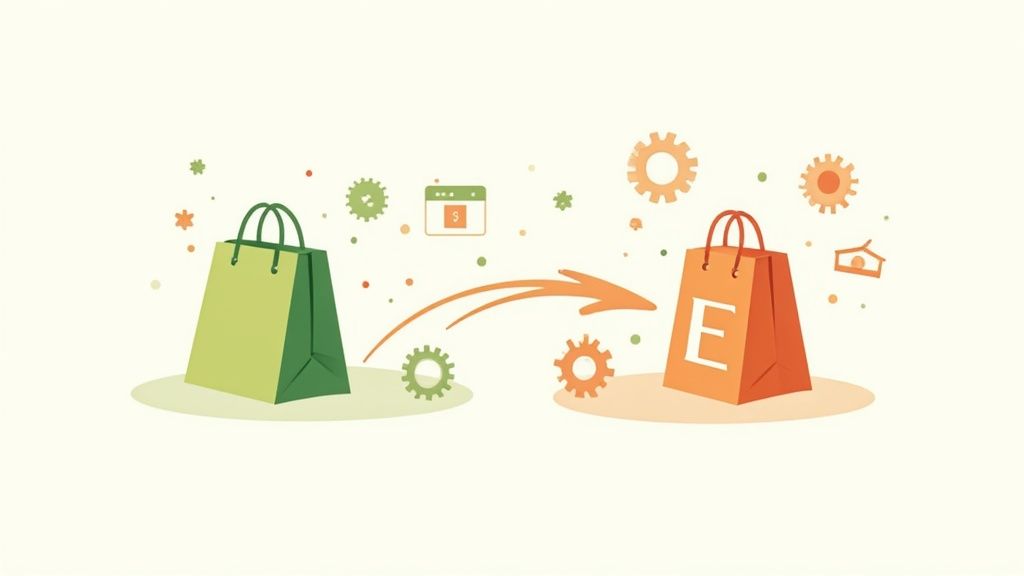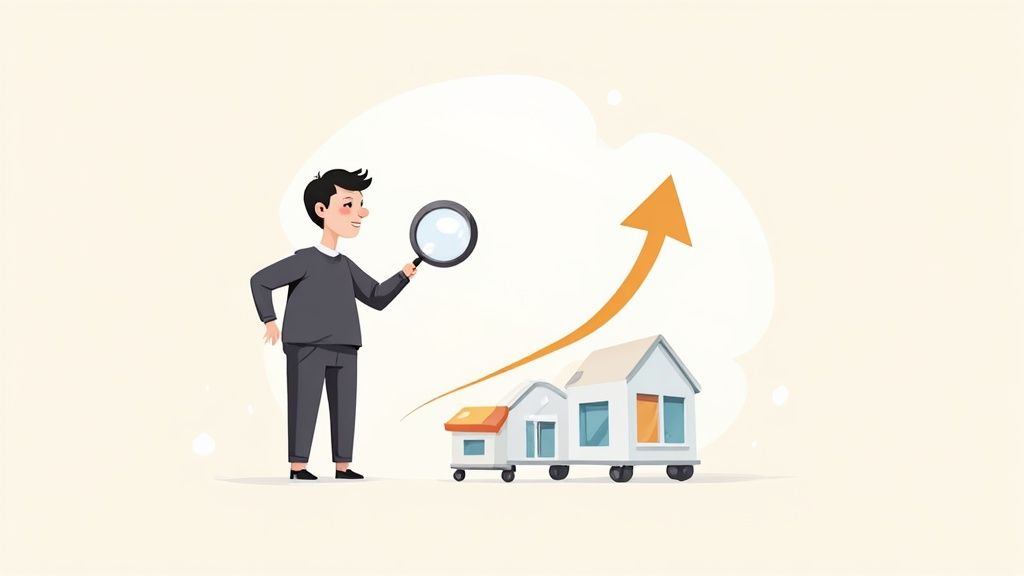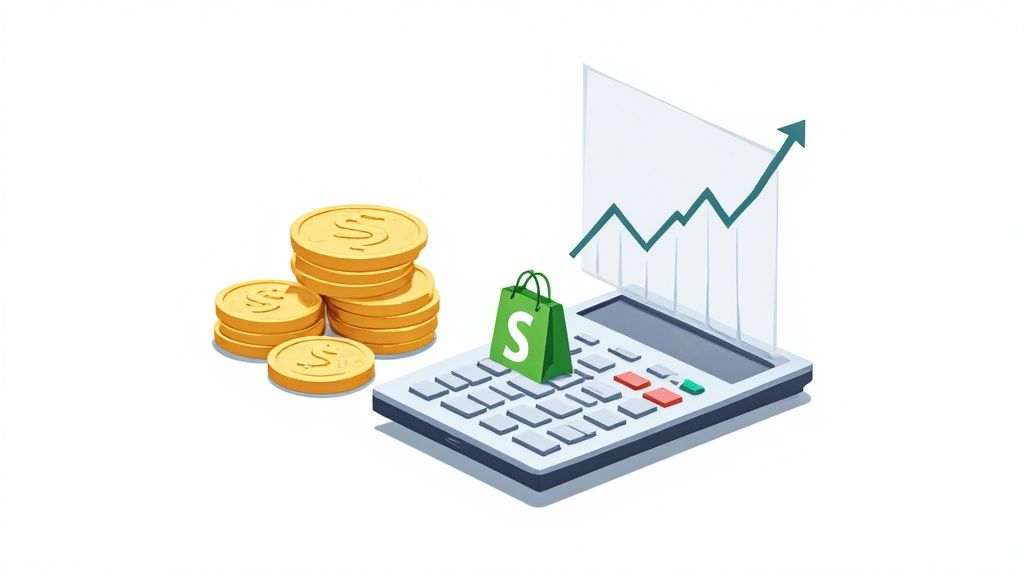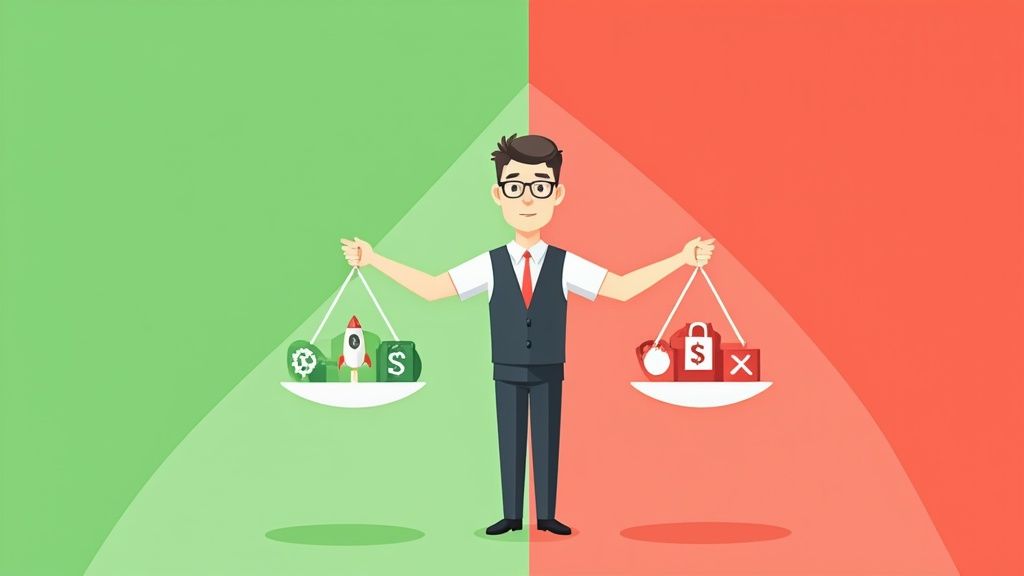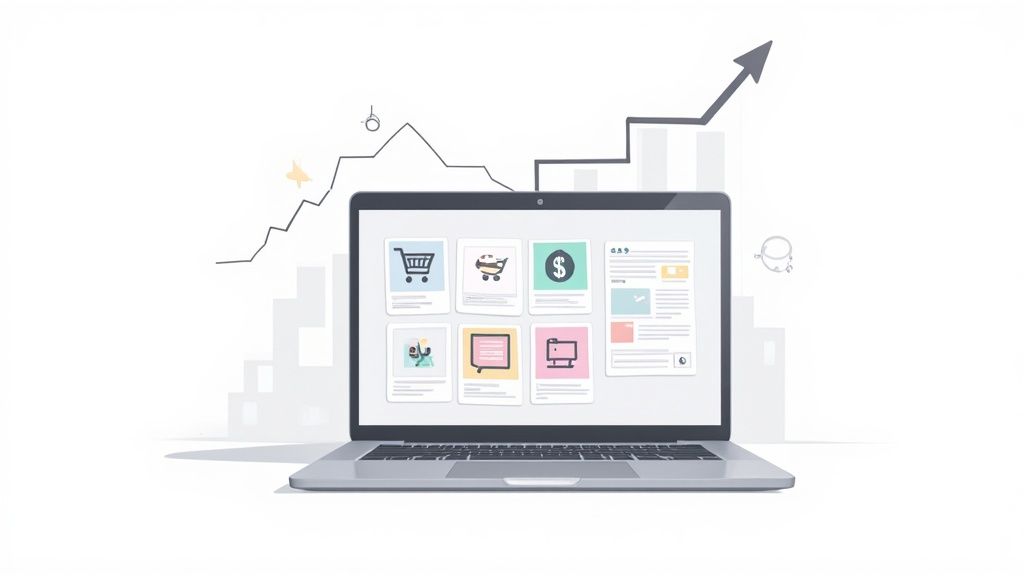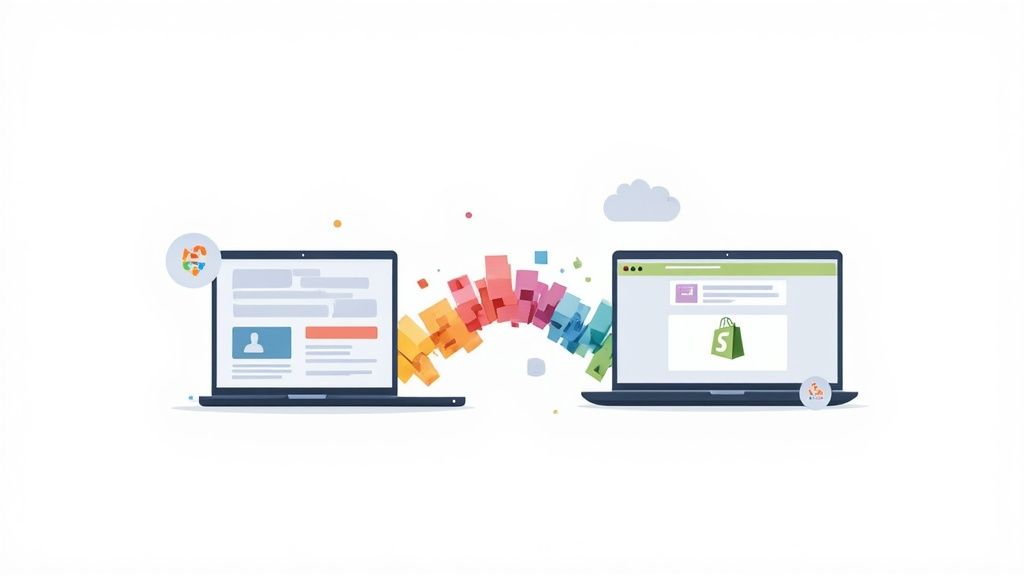

When considering successful online retailers, who comes to mind? We’d wager it’s a direct-to-consumer (DTC) company like Brooklinen or SKIMS. These digitally native brands have constructed immense enterprises by simplifying and personalizing the shopping experience for their customers.
Stories of triumph like these, in addition to countless others, have propelled DTC commerce into a multi-billion dollar industry. It thrives—but it represents merely a fraction of the broader scope of online commerce.
There’s a colossal aspect of that potential that we often overlook: business-to-business (B2B) commerce.
Ecommerce B2B sales alone are valued at an estimated $7.7 trillion globally.

That’s more than twice the size of DTC, and that figure is projected to increase by 18% annuallyuntil 2030. By 2025, it's anticipated that 80% of all B2B sales will take place online. We're proclaiming it: B2B represents the next significant opportunity for businesses of all scales, both in 2024 and beyond.
You might hear that and think, “That’s understandable, but B2B seems like an outdated sector with significant barriers to entry, so I'll pass.” Let’s dispel this myth: none of that holds anymore. Shopify is revolutionizing the B2B industry, modernizing and simplifying it into something exceptionally beneficial for businesses of all types.
You might hear that and think, “Sure, but I don’t know how to navigate the realm of B2B; I’m only familiar with DTC.” Here's a secret that B2B giants don’t want you to discover: as it turns out, B2B isn’t all that different from DTC. Here's why.
The B2B opportunity
There's no denying it, B2B was once a slow adopter in the ecommerce industry, with sluggish digital uptake, outdated technology, and manual procedures. But this is evolving. When it comes to the most efficient method of selling to B2B purchasers, ecommerce has outpaced all other avenues. The reason is straightforward: B2B and DTC consumers are essentially the same.
You read that correctly. There aren’t distinct categories of buyers. They're simply individuals seeking quality products and an excellent shopping experience. Millennials and Gen Z constitute 64% of today's business buyers. They anticipate purchasing experiences that mirror their shopping habits. For them, online buying—whether for personal or business needs—ought to be more than just a transaction. It should be intuitive, seamless, and, above all, convenient.
Making B2B as simple as DTC
Despite B2B and DTC buyers being identical, their business requirements differ significantly. Business transactions are inherently more intricate: encompassing diverse payment terms, purchase orders, wire transfers, volume pricing, seasonal catalogs... This complexity is why one-third of B2B sales still occur manually.
Fortunately, the B2B sector is primed for digital transformation, and buyers are poised to invest. According to McKinsey, 35% are willing to spend up to $500,000 on a single digital transaction; an additional 15% would even consider spending up to $1 million.

Yet, this new generation of B2B buyers holds higher expectations for their suppliers. They lack patience for obsolete technology and manual legacy systems, and they won’t hesitate to voice their discontent. Consequently, many firms are rushing to modernize.
Herein lies the dilemma. Numerous brands that thrived with DTC have shoehorned their B2B requirements into the DTC model, relying on familiar tools like spreadsheets, PDFs, and emails. However, when your buyers are making six- or seven-digit purchases, a makeshift solution is bound to falter.
So, what does success entail in this scenario?
Brook Linen's roadmap from DTC to B2B
Recall Brooklinen, the cherished DTC label? They've masterfully navigated the transition into the B2B sphere. Venturing into hospitality, they began accommodating bulk orders from hotels. Yet, they recognized the necessity to move beyond the laborious, manual process of phone orders.
Thus, they leveraged B2B on Shopify to construct a fresh storefront. It seamlessly blended the intuitive DTC features their customers expect with the requisite functionality for wholesale, such as customer-specific pricing, flexible payment methods, and bulk order discounts.
Consequently, Brooklinen staff attested that they now spend 80% of their time engaging with customers rather than managing backend administrative tasks.
Similar to DTC, the bedrock of robust B2B commerce lies in fostering personalized, enduring relationships with your clientele.
Apply a DTC mindset to B2B
At Shopify, they've made it their mission to streamline commerce across all spheres. This encompasses drawing from their insights gleaned from nearly two decades of DTC triumphs and transposing them to the wholesale merchant landscape. Their B2B solution is founded on the principles of DTC, enriched with additional layers to tackle the distinct challenges encountered by B2B sellers.
In the past year alone, Shopify has surged forward at an unprecedented pace to meet the demands of B2B merchants. We've rolled out over three dozen new features seamlessly integrated into Shopify’s core platform. These features simplify the B2B purchasing process, enabling businesses to swiftly source inventory and seamlessly integrate with their existing toolsets.
At this trajectory, we anticipate outpacing traditional players in this domain within a year. We're fully committed.
Don't forget to explore the best Shopify wholesale apps to simplify your B2B sales process. Discover features, pricing, and reviews of top apps like Wholesale Bear, Wholesale Club, and more. Manage your wholesale and retail customers efficiently with eCorn Agency's expert guide.
Learn more on B2B wholesale on Shopify: https://help.shopify.com/en/manual/b2b
Here's a concise and practical checklist of technical changes to implement B2B functionality in your Shopify store by ECORN:
- Upgrade Plan: If necessary, upgrade to Shopify Plus to access advanced B2B features.
- Install B2B Apps: Choose and install B2B apps from the Shopify App Store like Wholesale Club or B2B/Wholesale Solution for essential B2B functionalities such as tiered pricing and bulk ordering.
- Customize User Interface: Adjust your store’s theme to accommodate both B2B and B2C audiences. Ensure that navigation, search, and product details are optimized for business customers.
- Set Up Business Accounts: Configure settings to allow business customers to register and manage their accounts, offering features like order tracking and history.
- Configure Pricing Rules: Set up tiered pricing and volume discounts directly through your chosen apps or Shopify settings.
- Adjust Inventory Management: Ensure your inventory system can handle and track large quantity orders.
- Integrate Payment Solutions: Implement payment methods suitable for B2B transactions, such as net terms and purchase orders.
- Optimize Checkout Process: Customize the checkout process to accommodate the needs of business customers, including invoicing and shipping options.
- Implement Legal and Tax Adjustments: Update your store policies, terms of service, and tax calculations to comply with B2B sales requirements.
Join 1000+ eCom & Shopify founders reading the eCommerce & Unicorns. In newsletter we cover most important topics of Commerce including DTC & B2B business models







